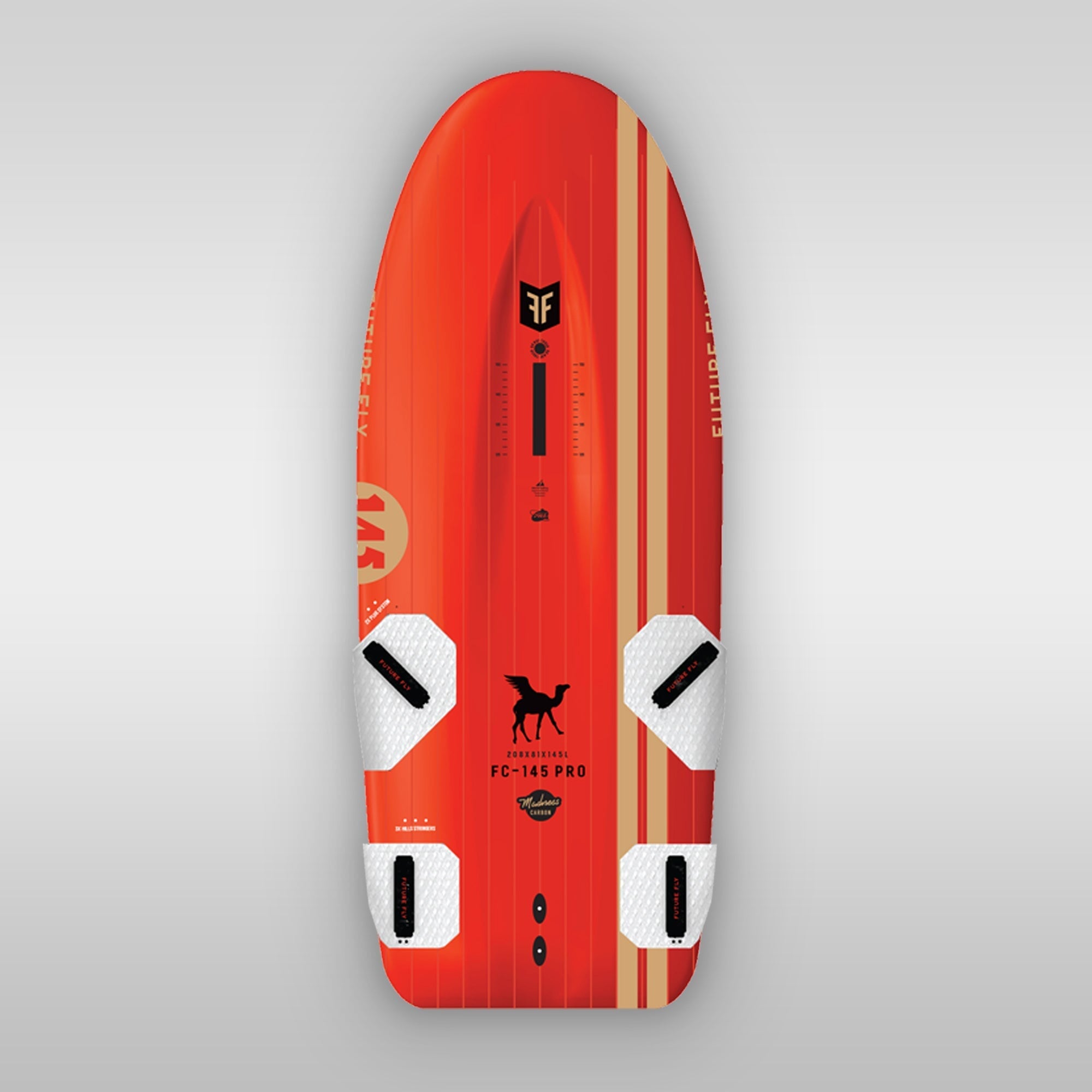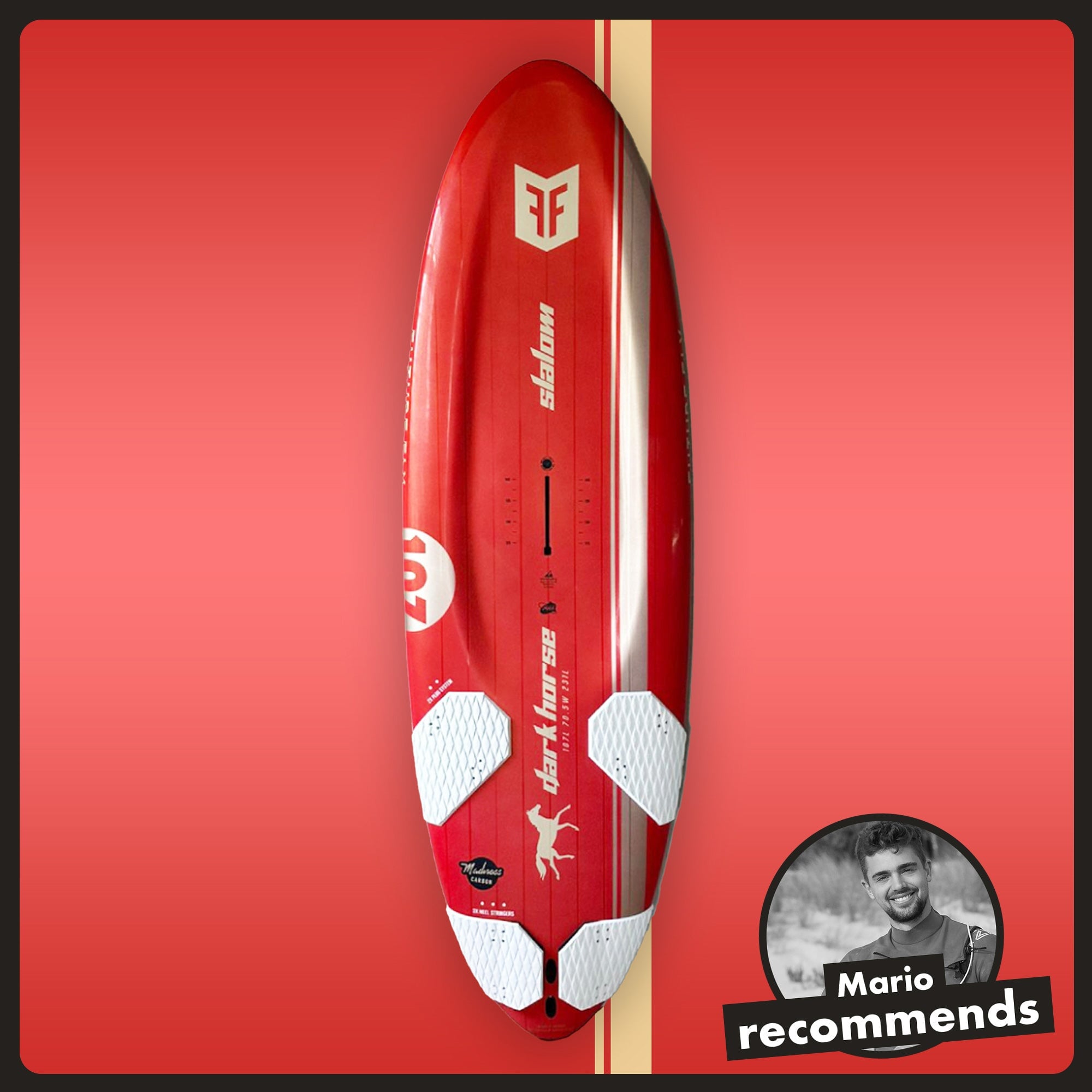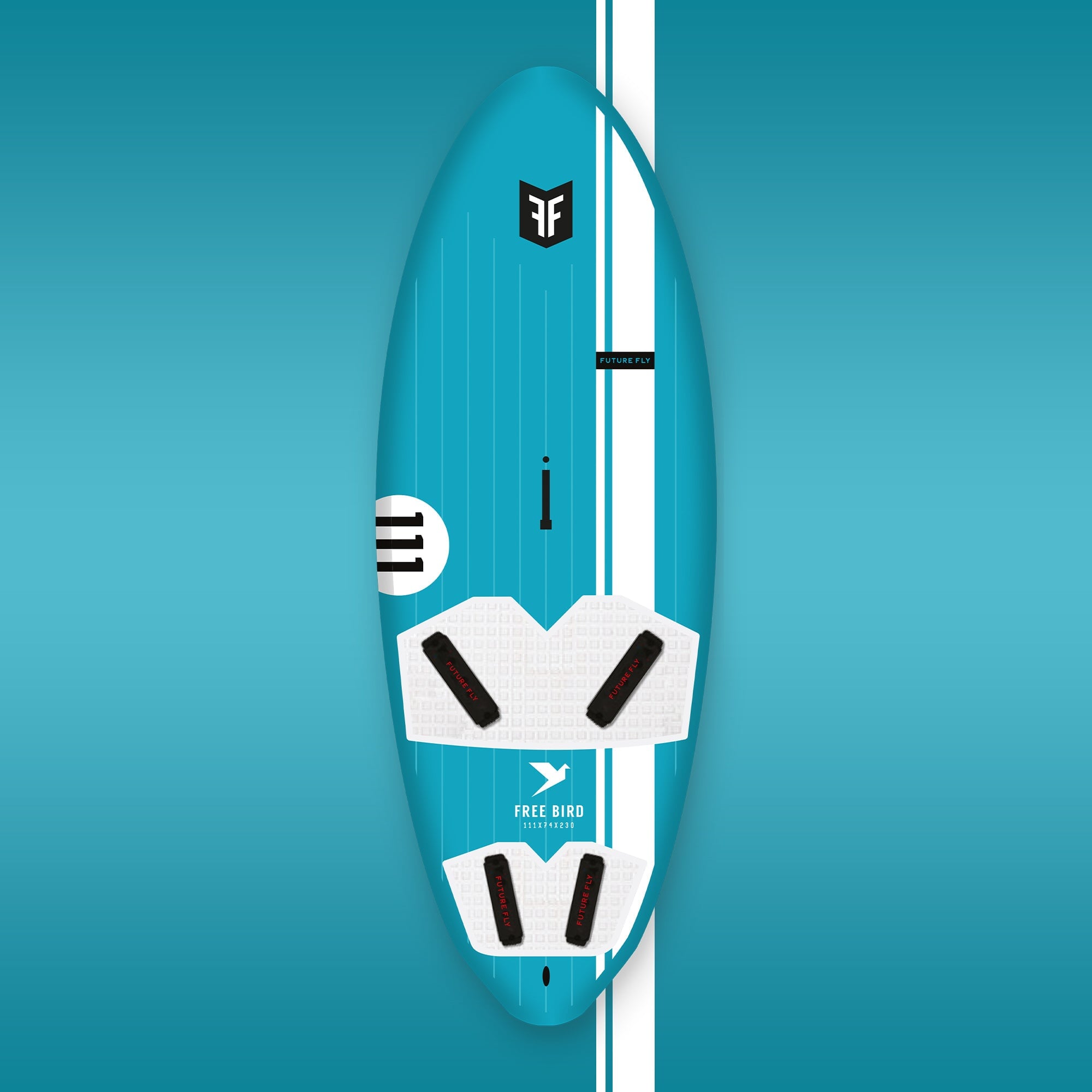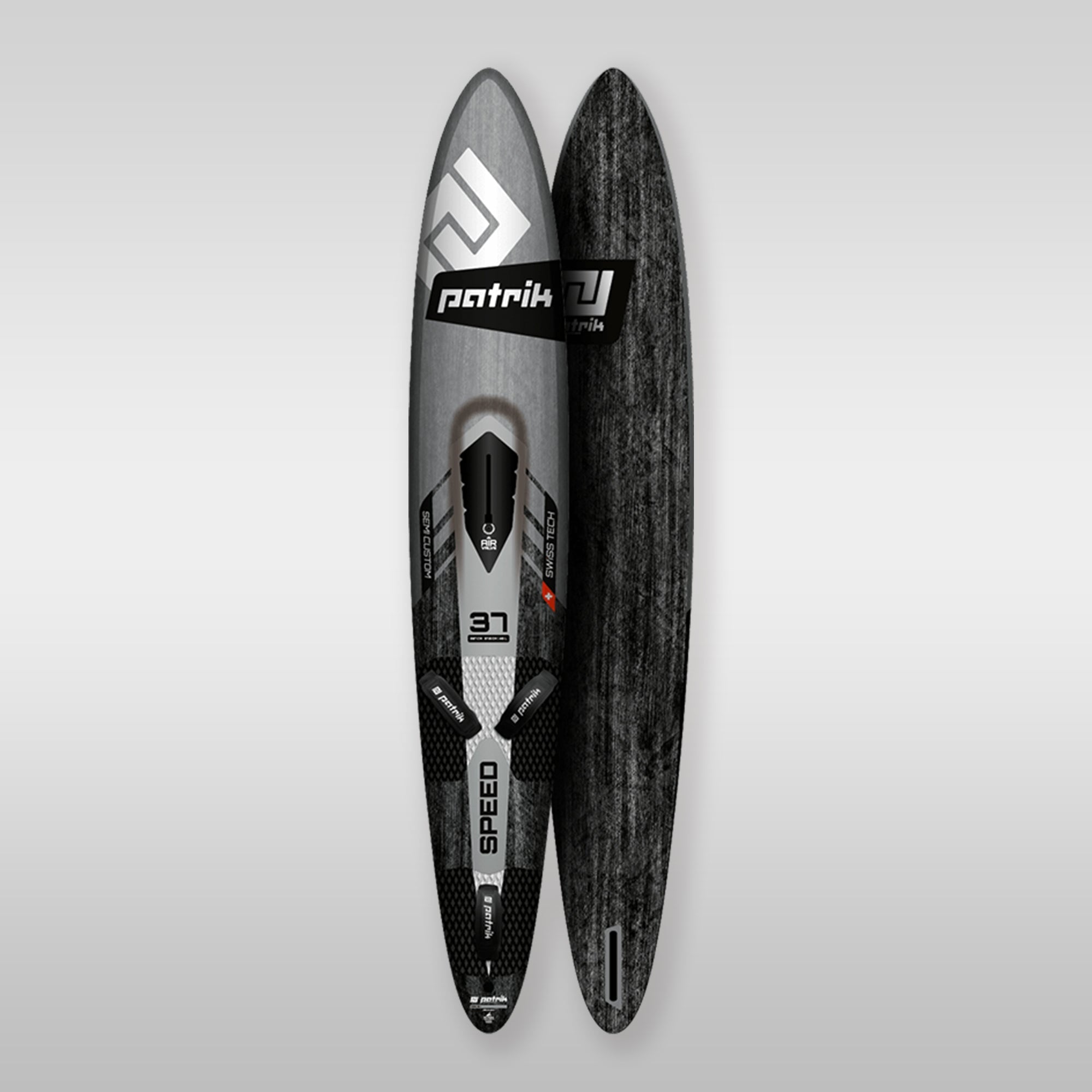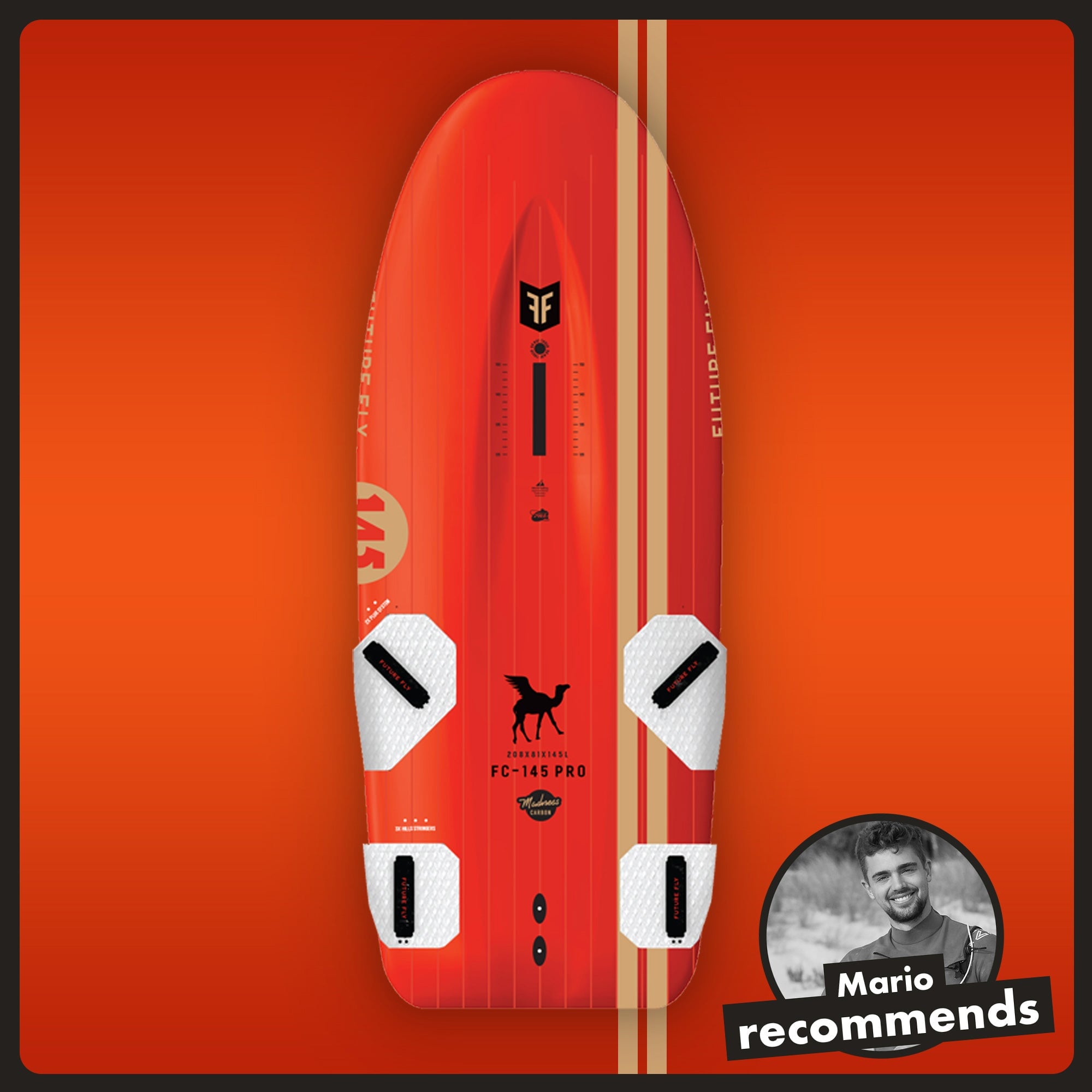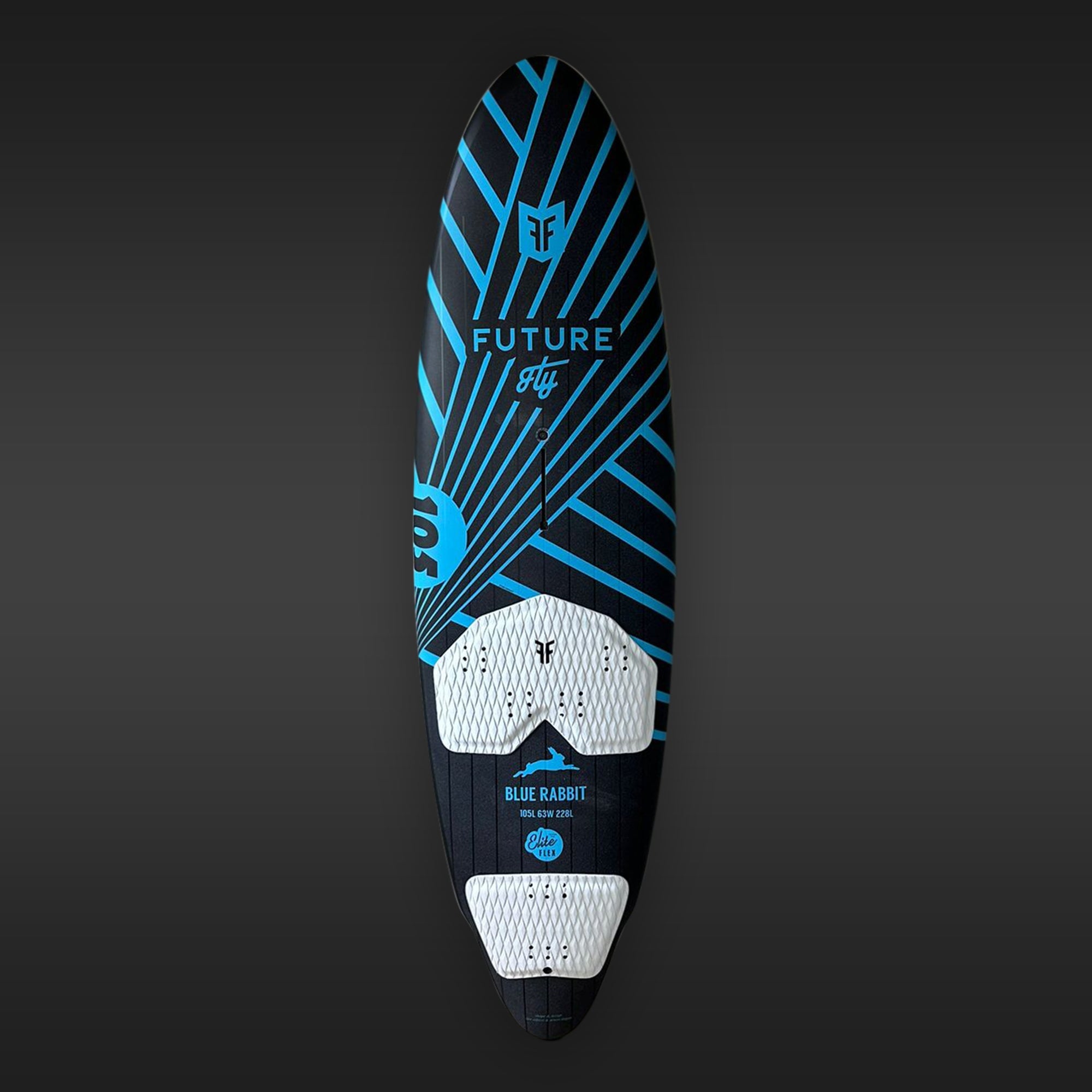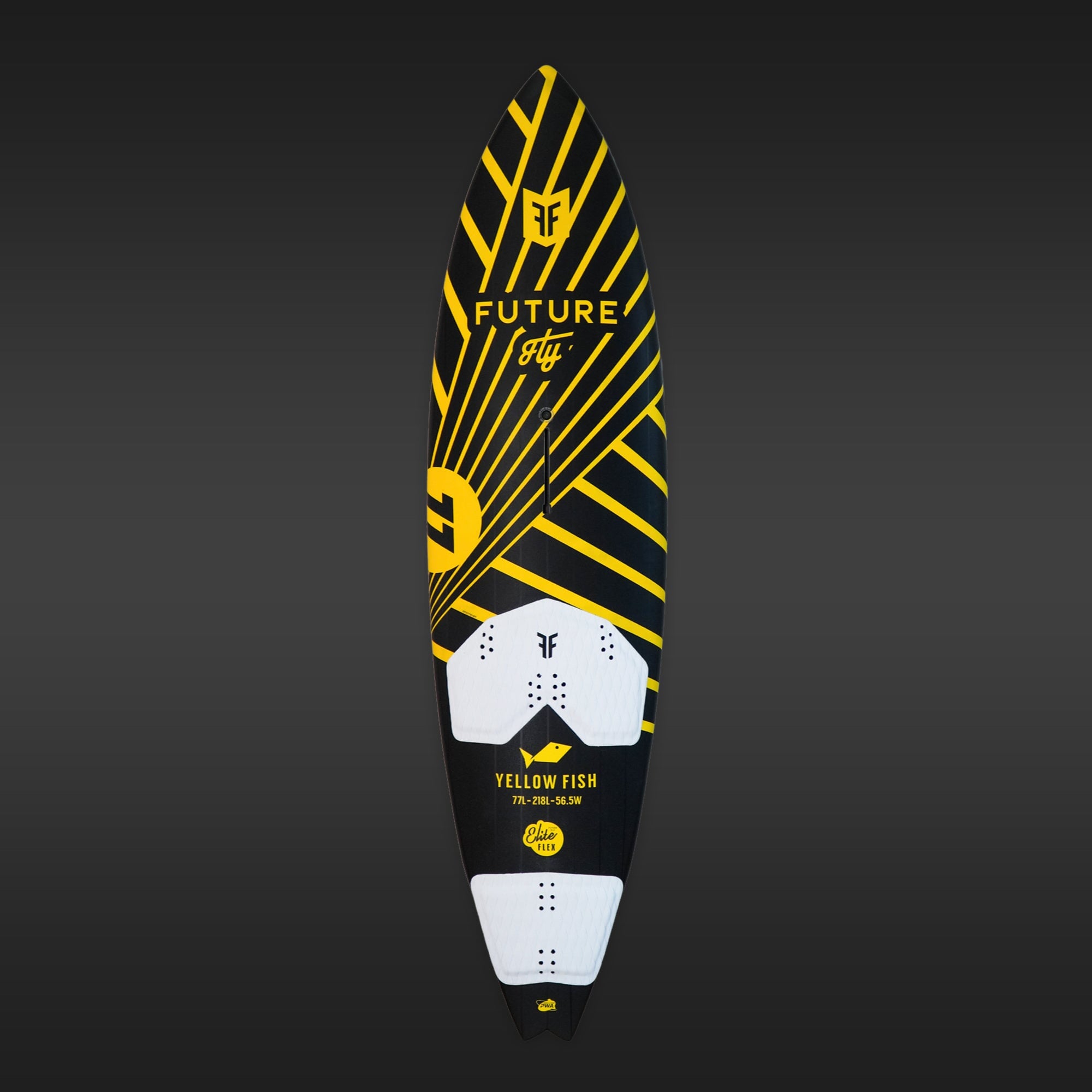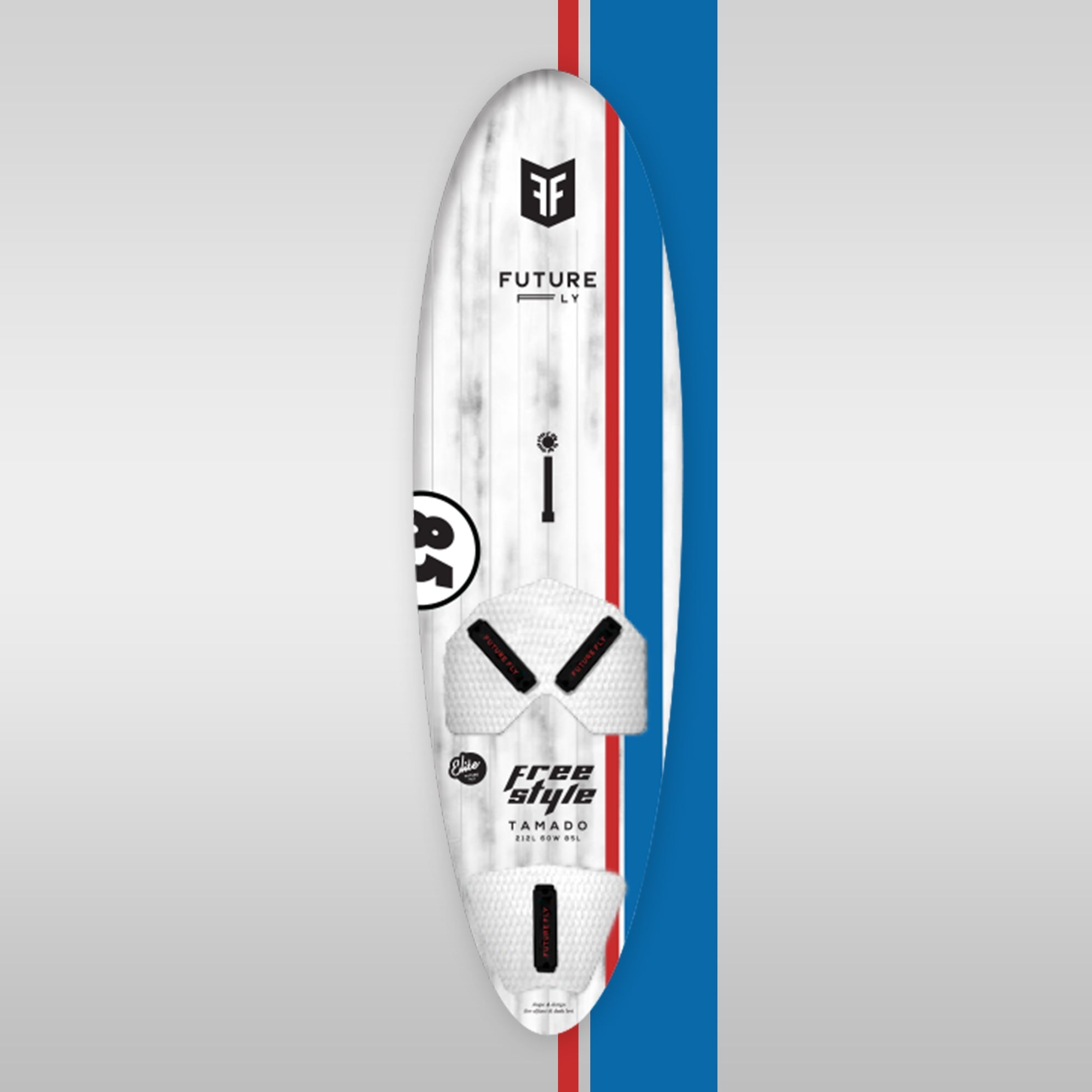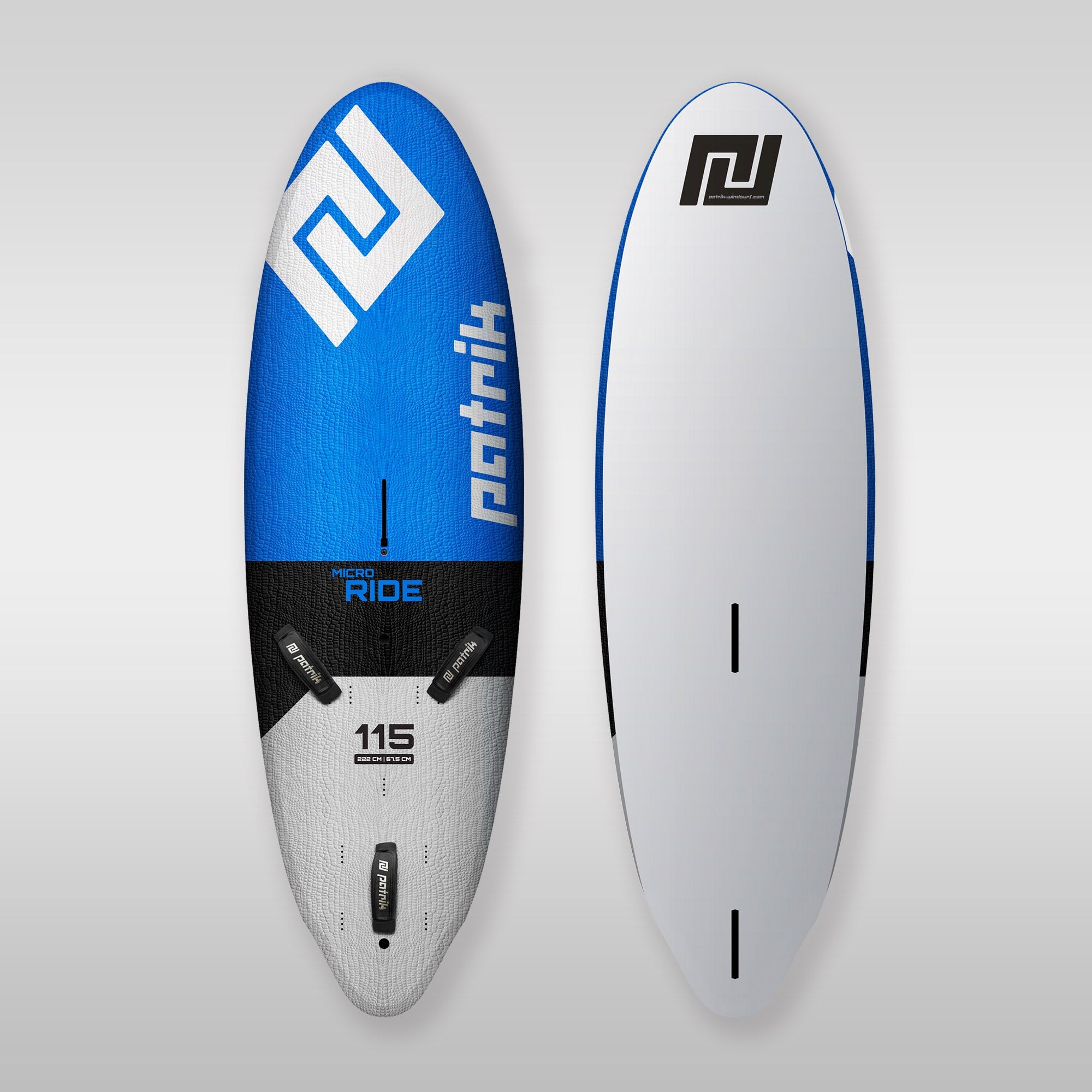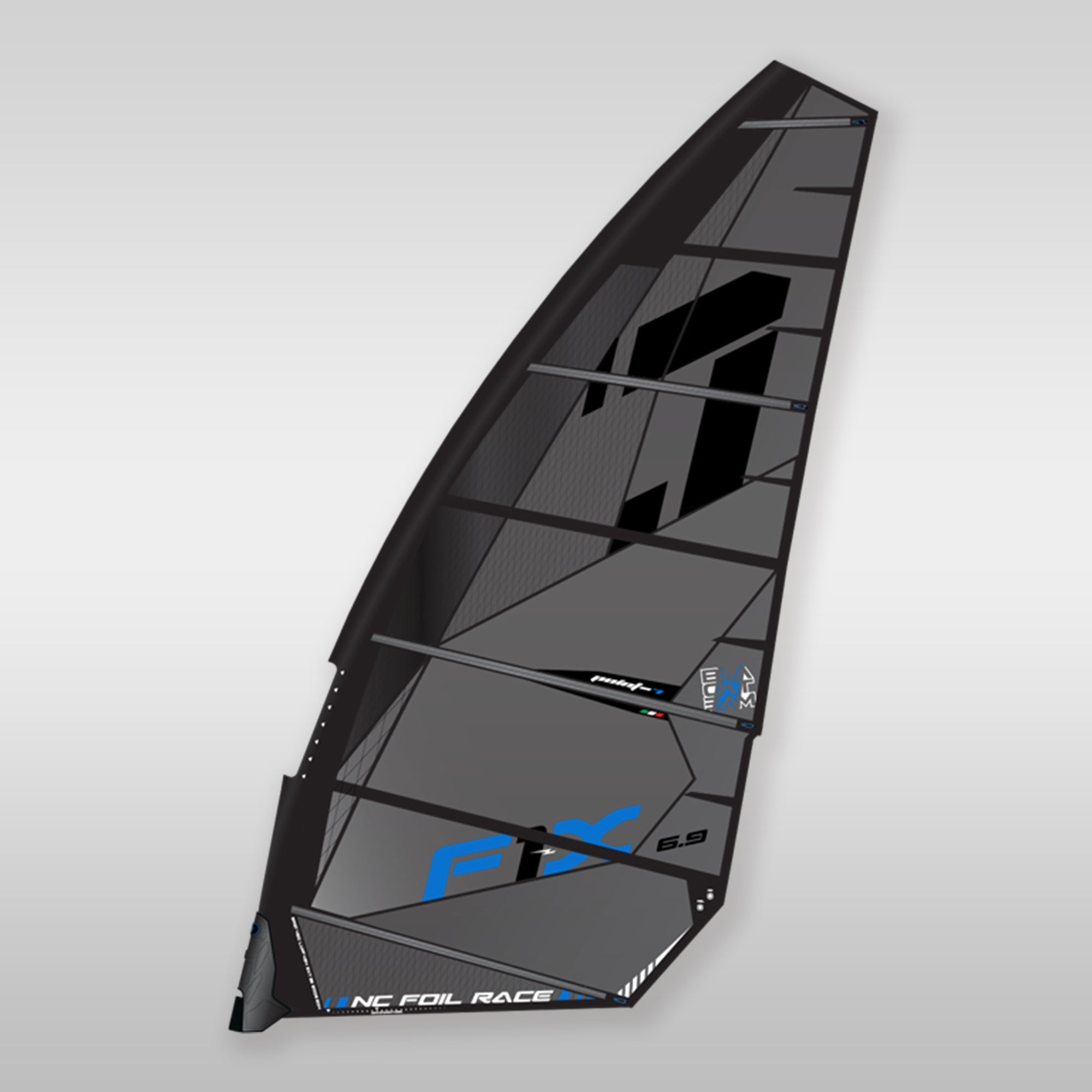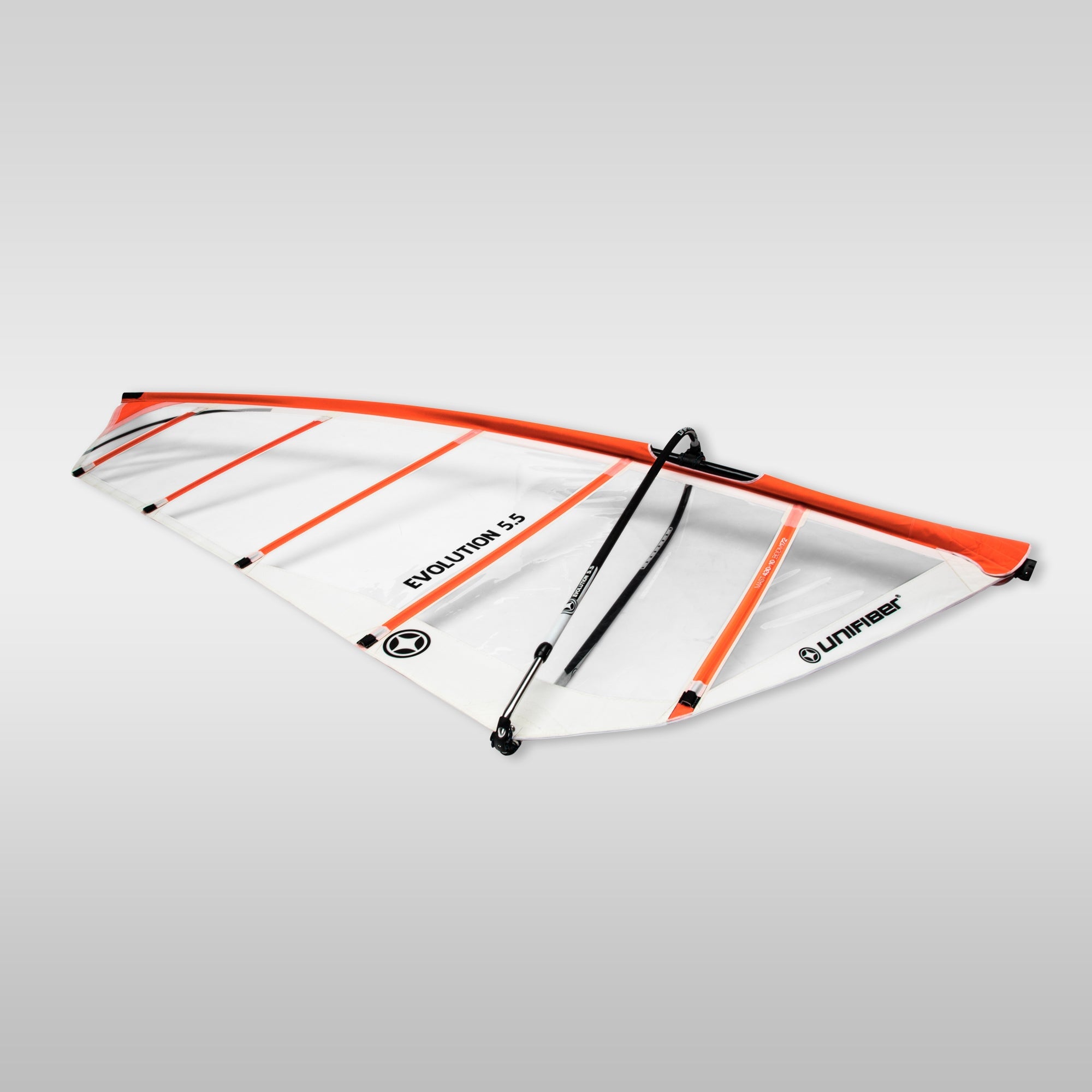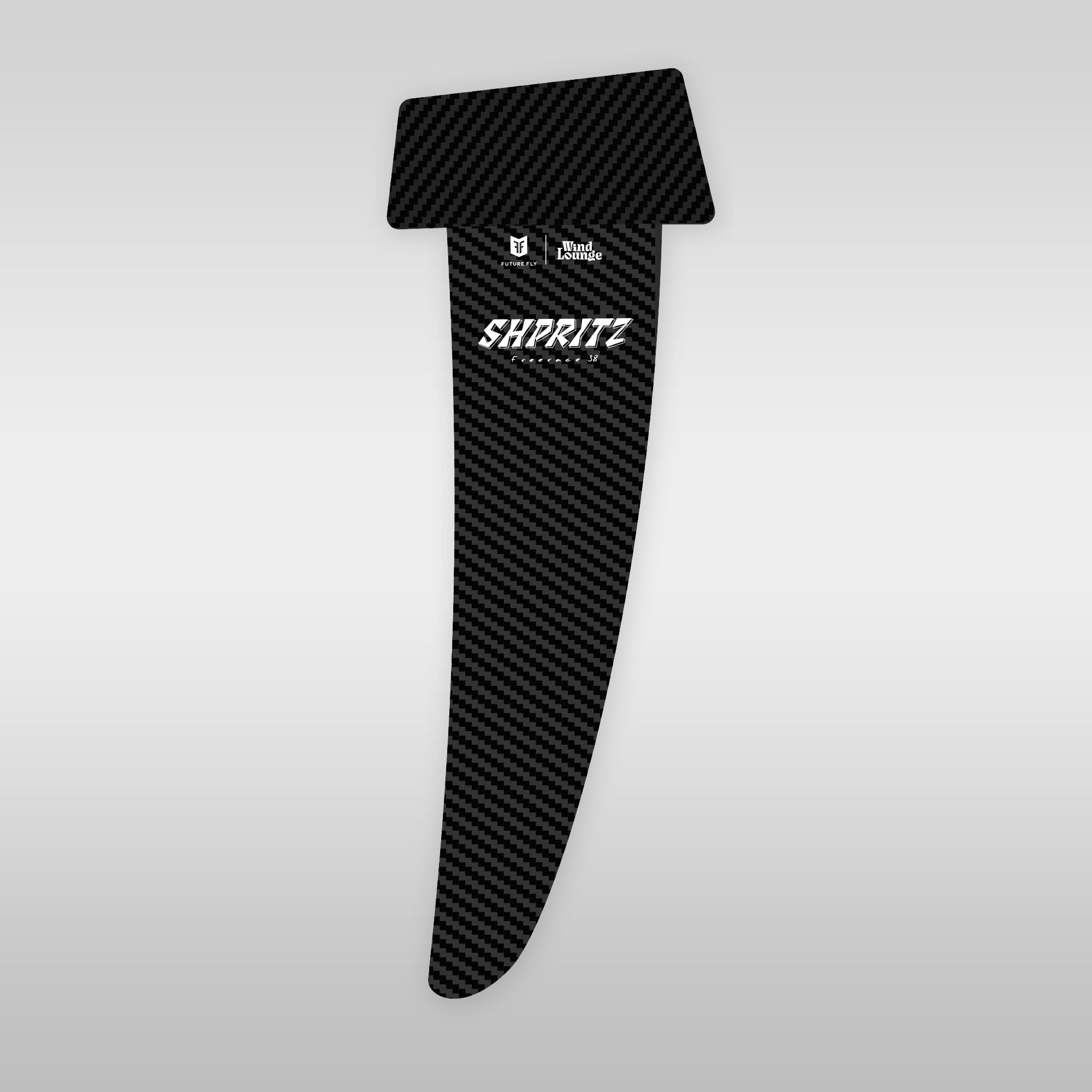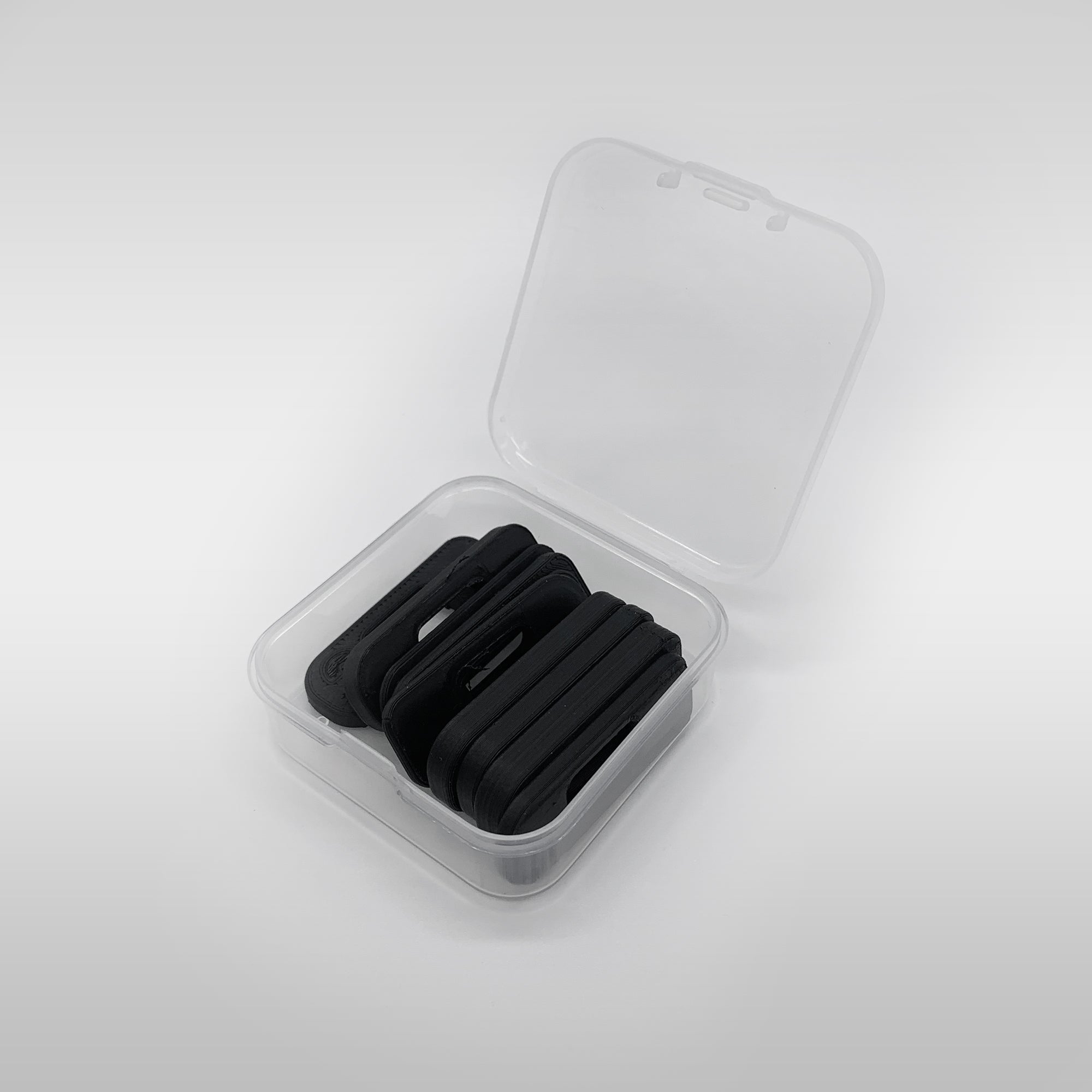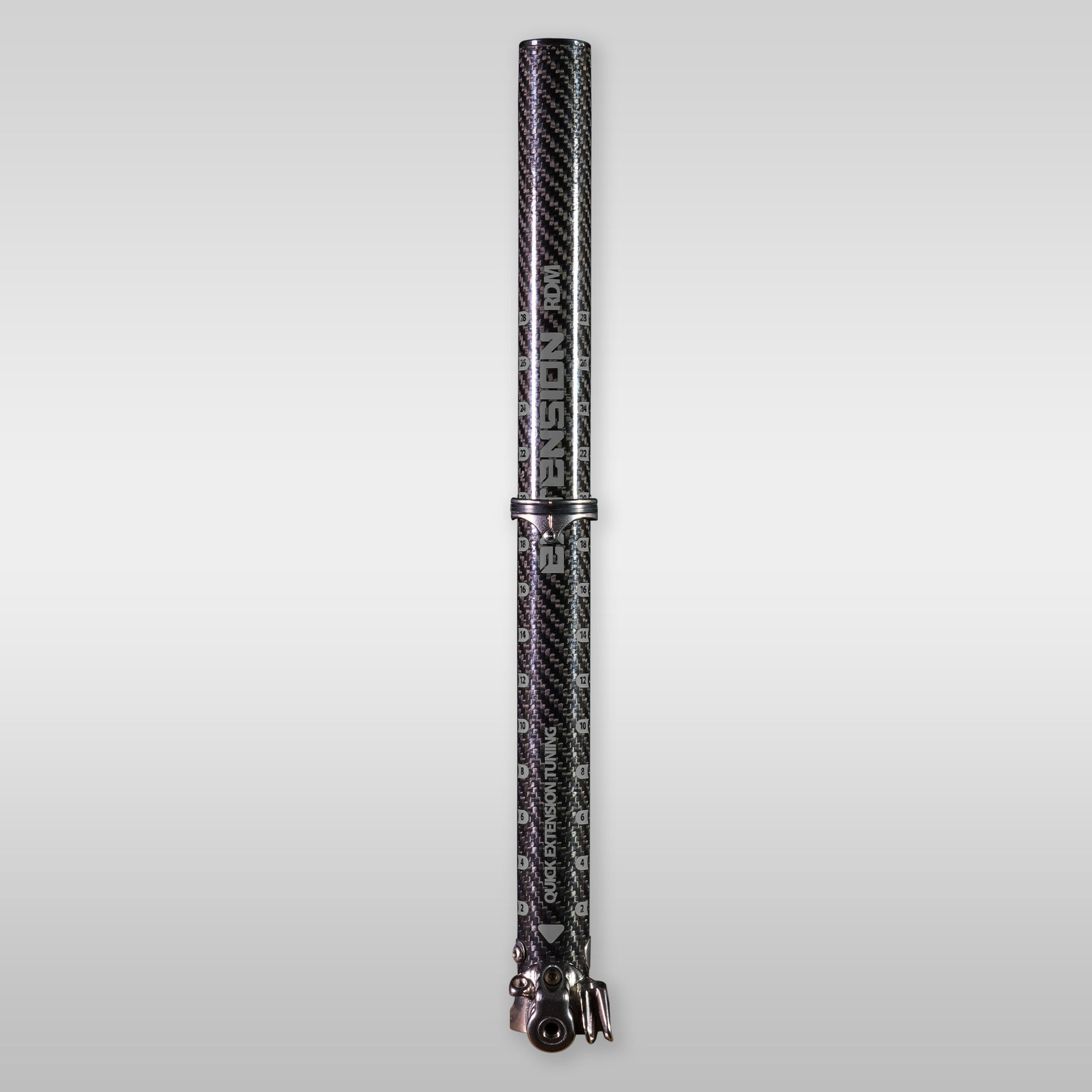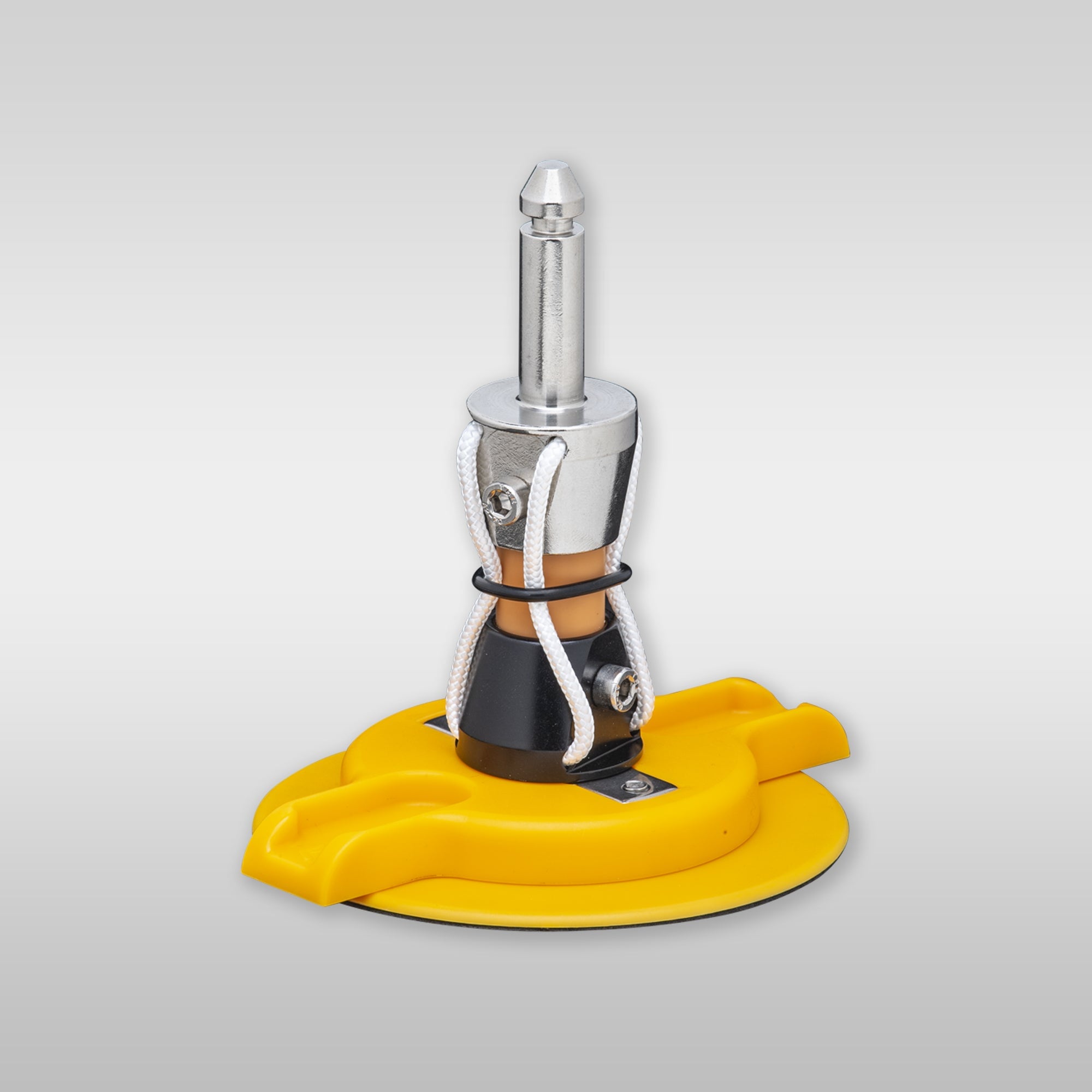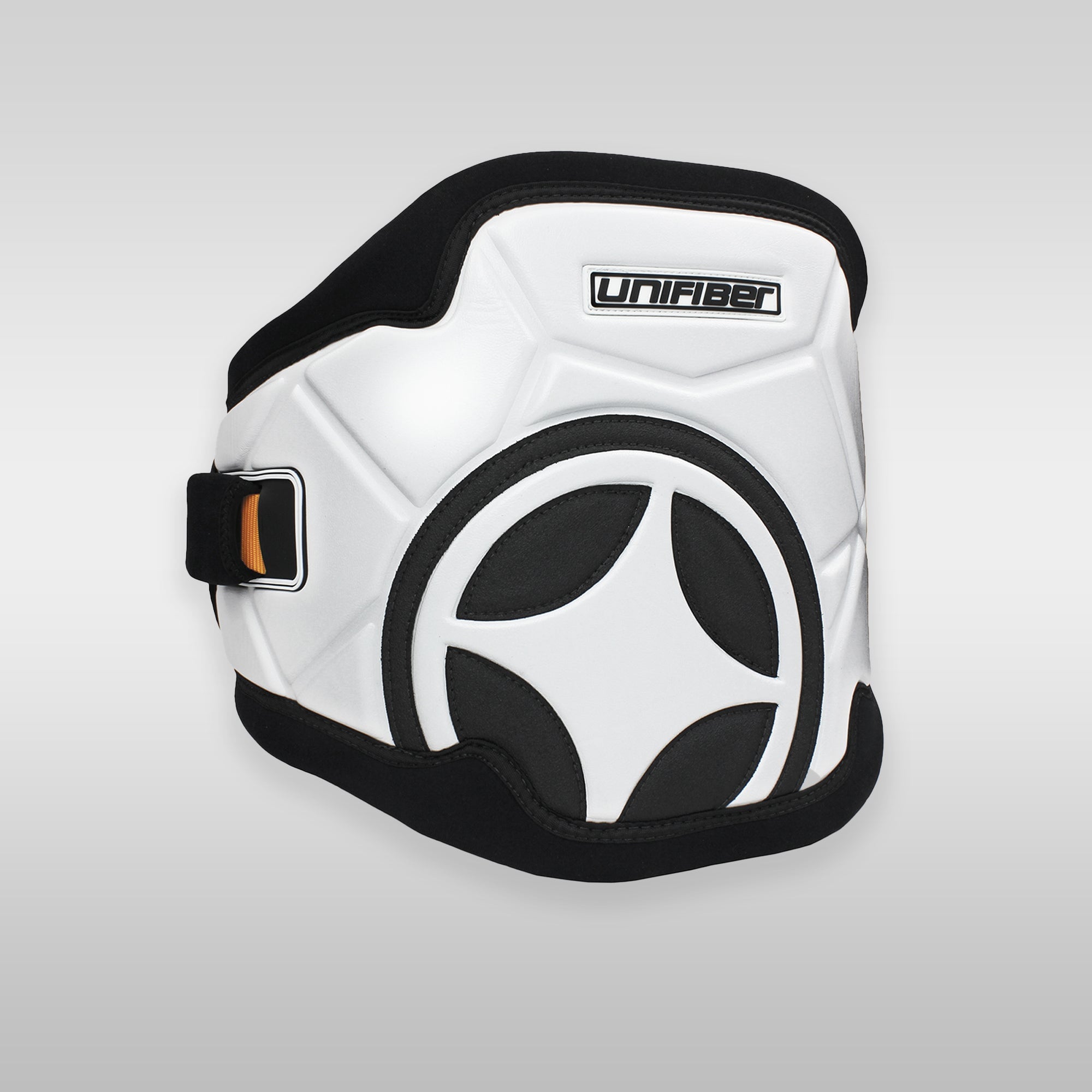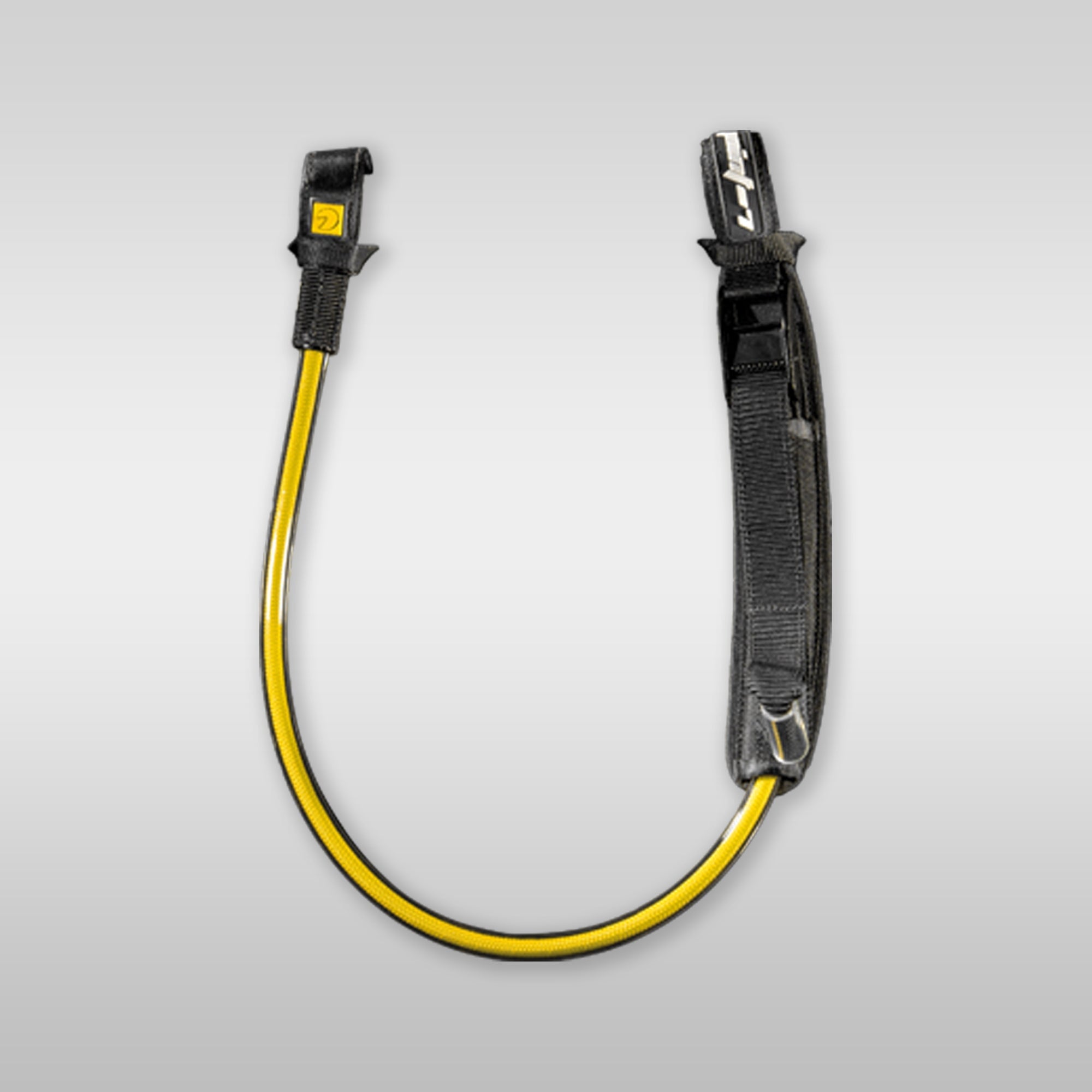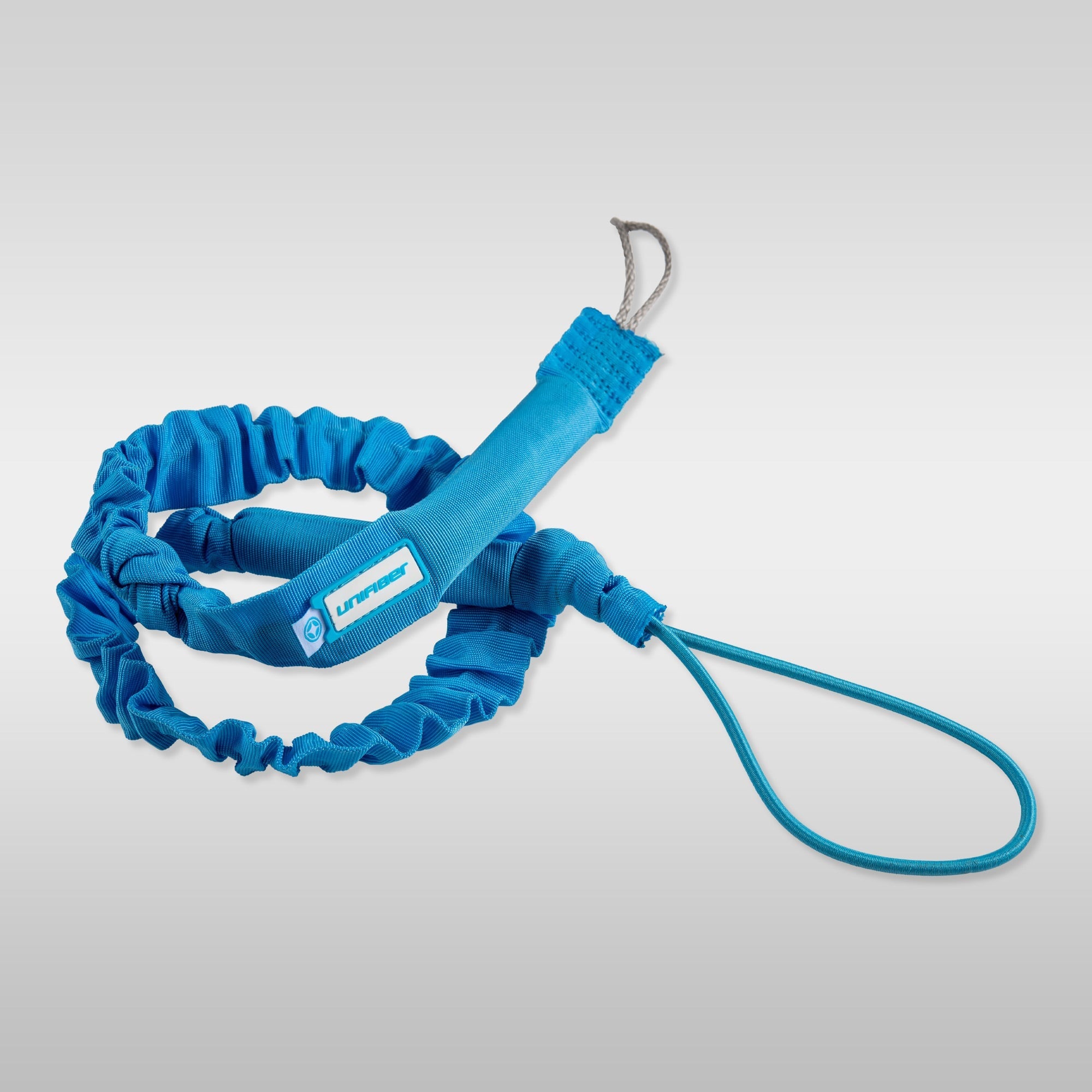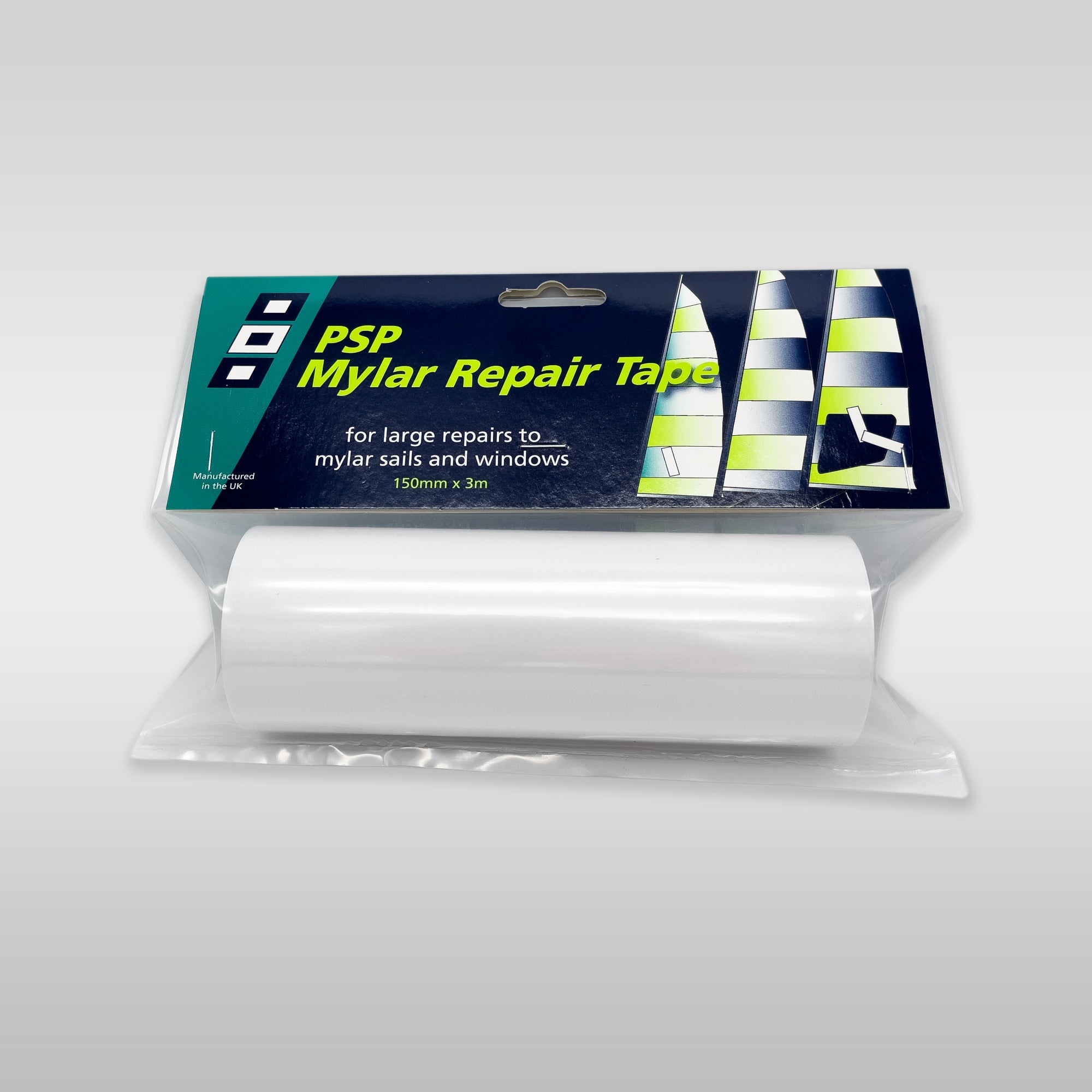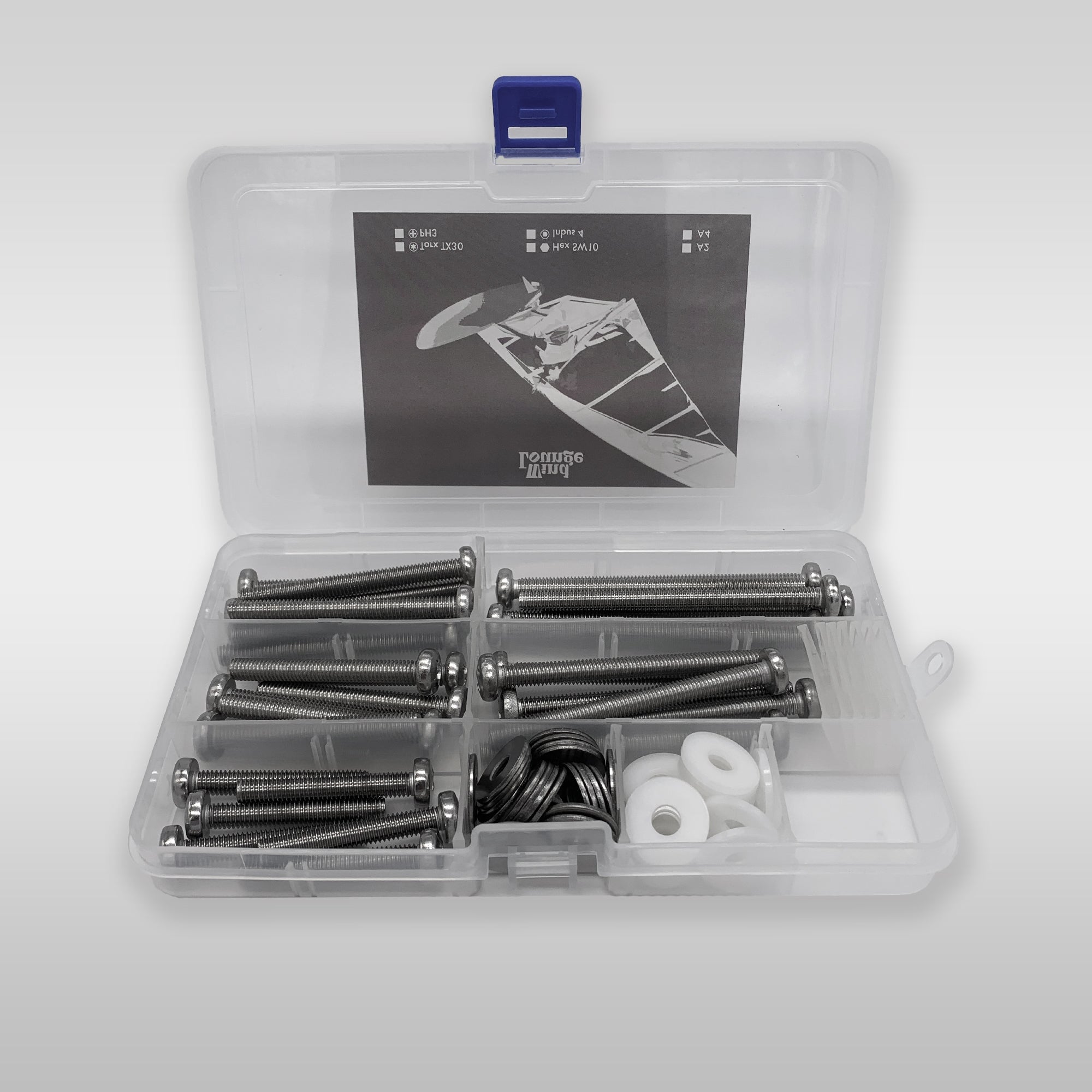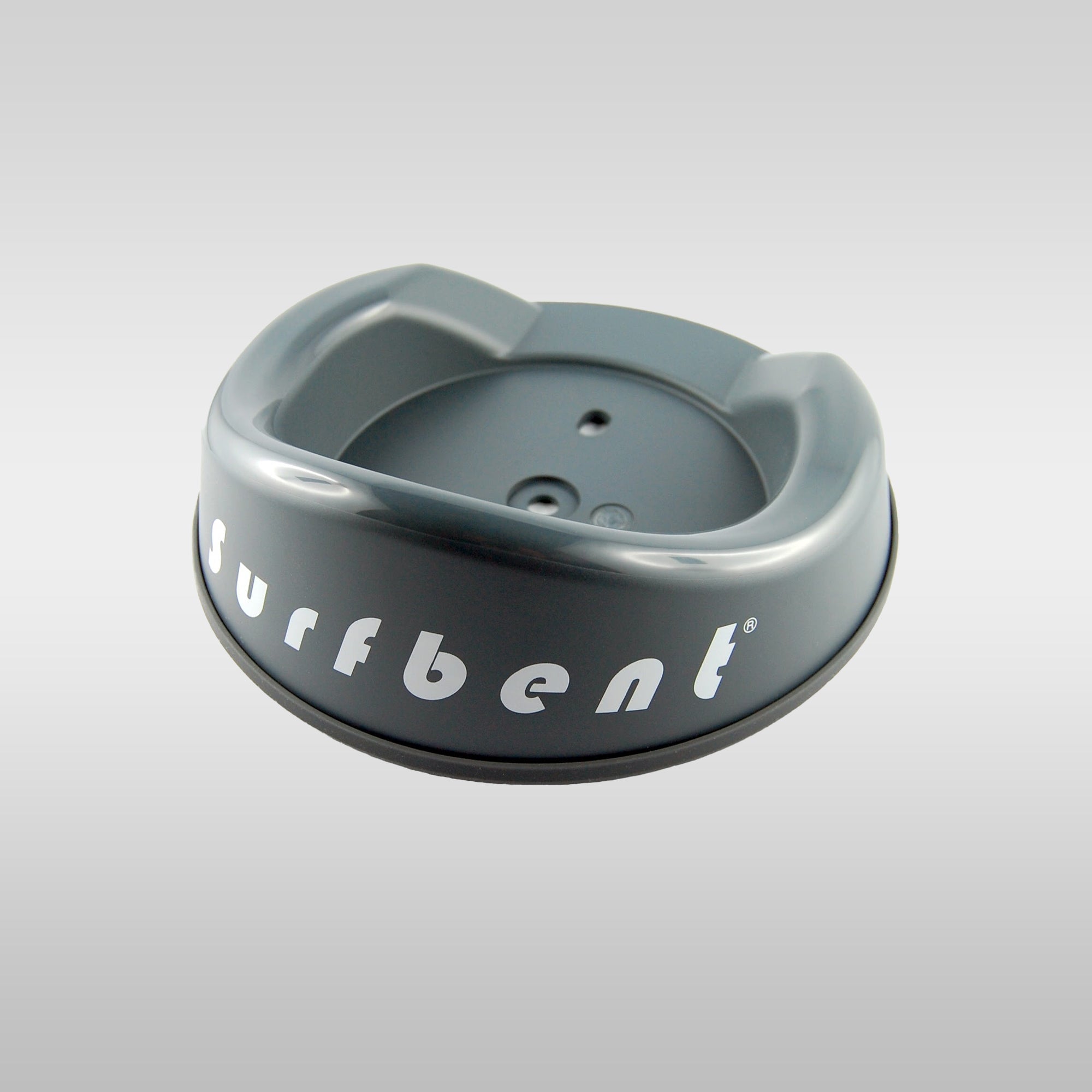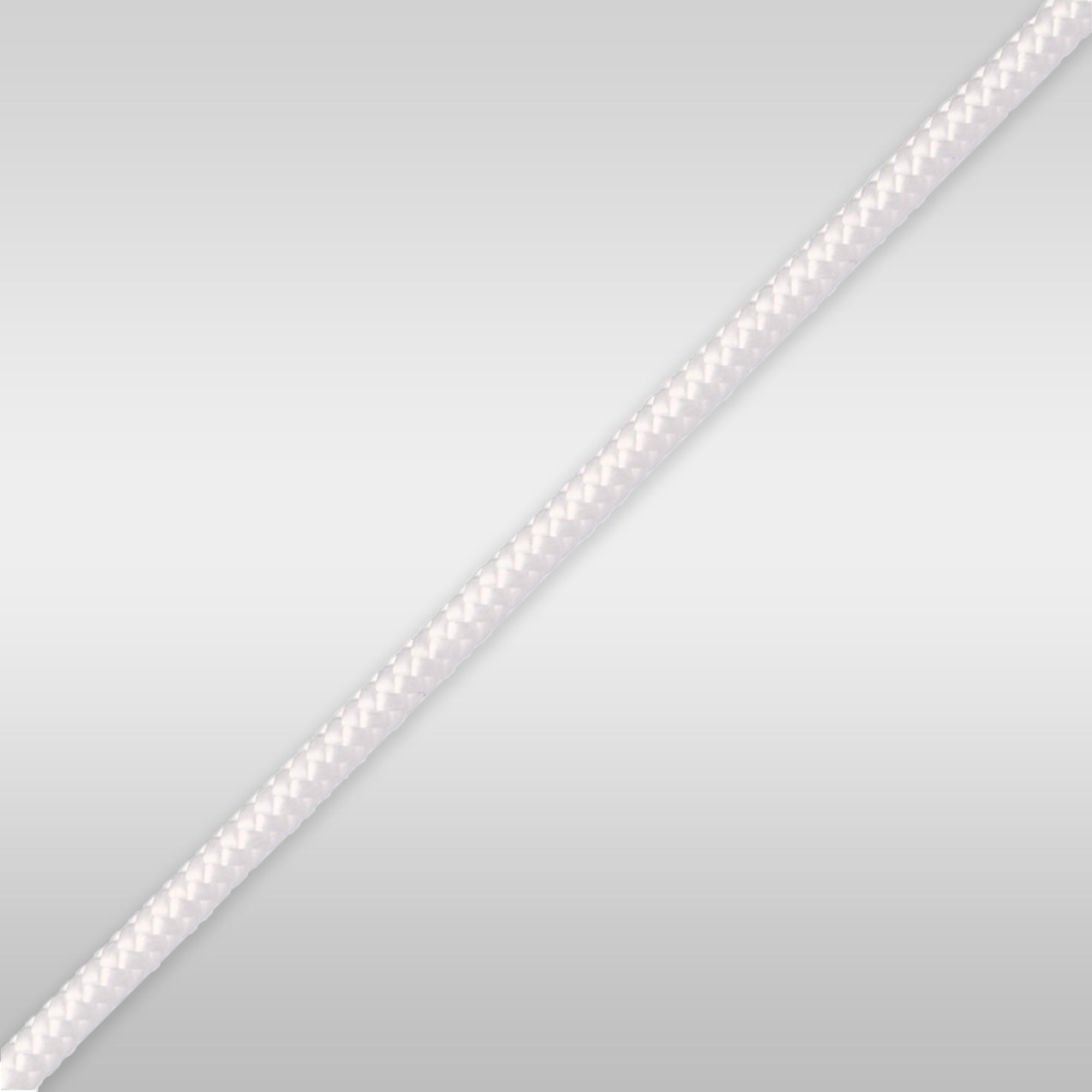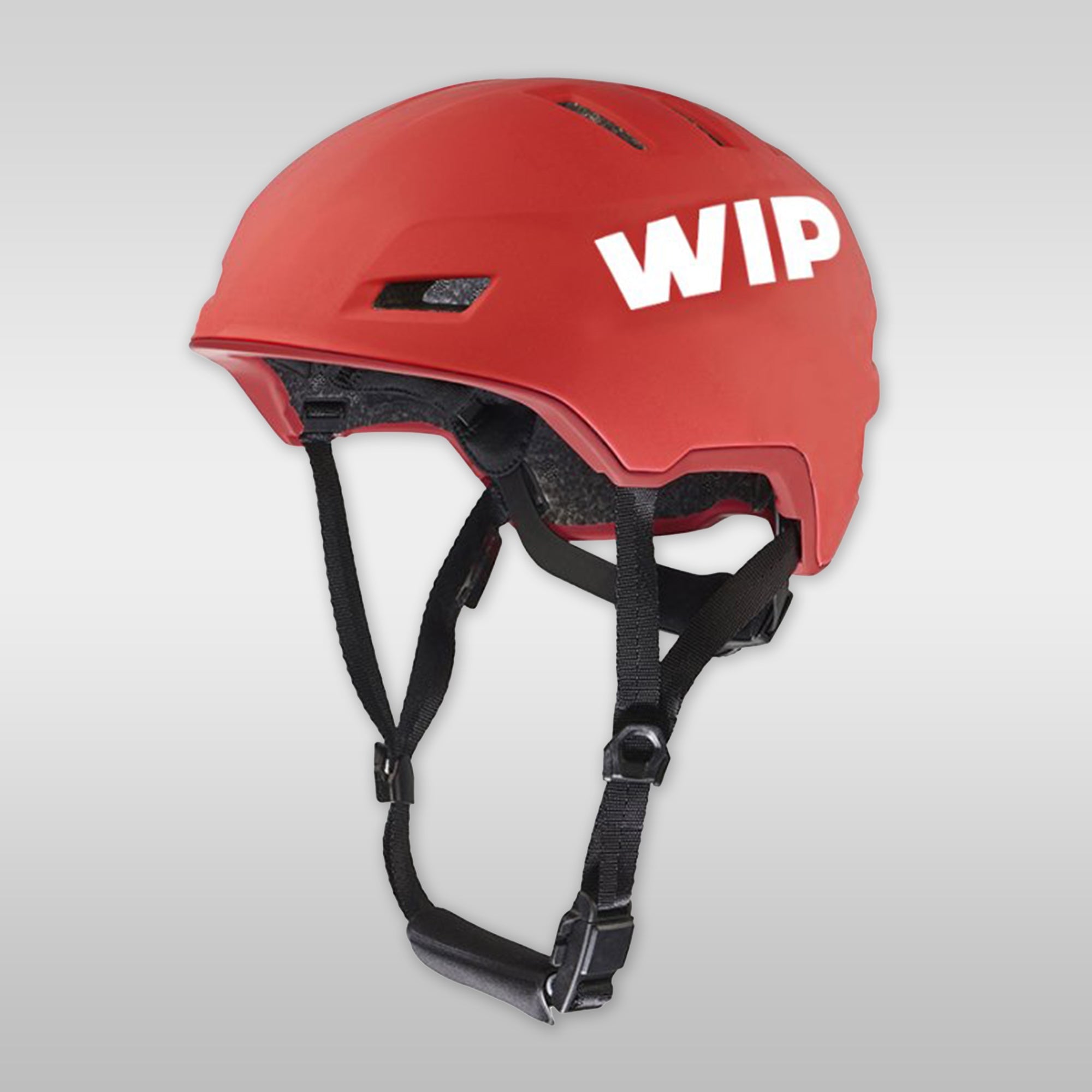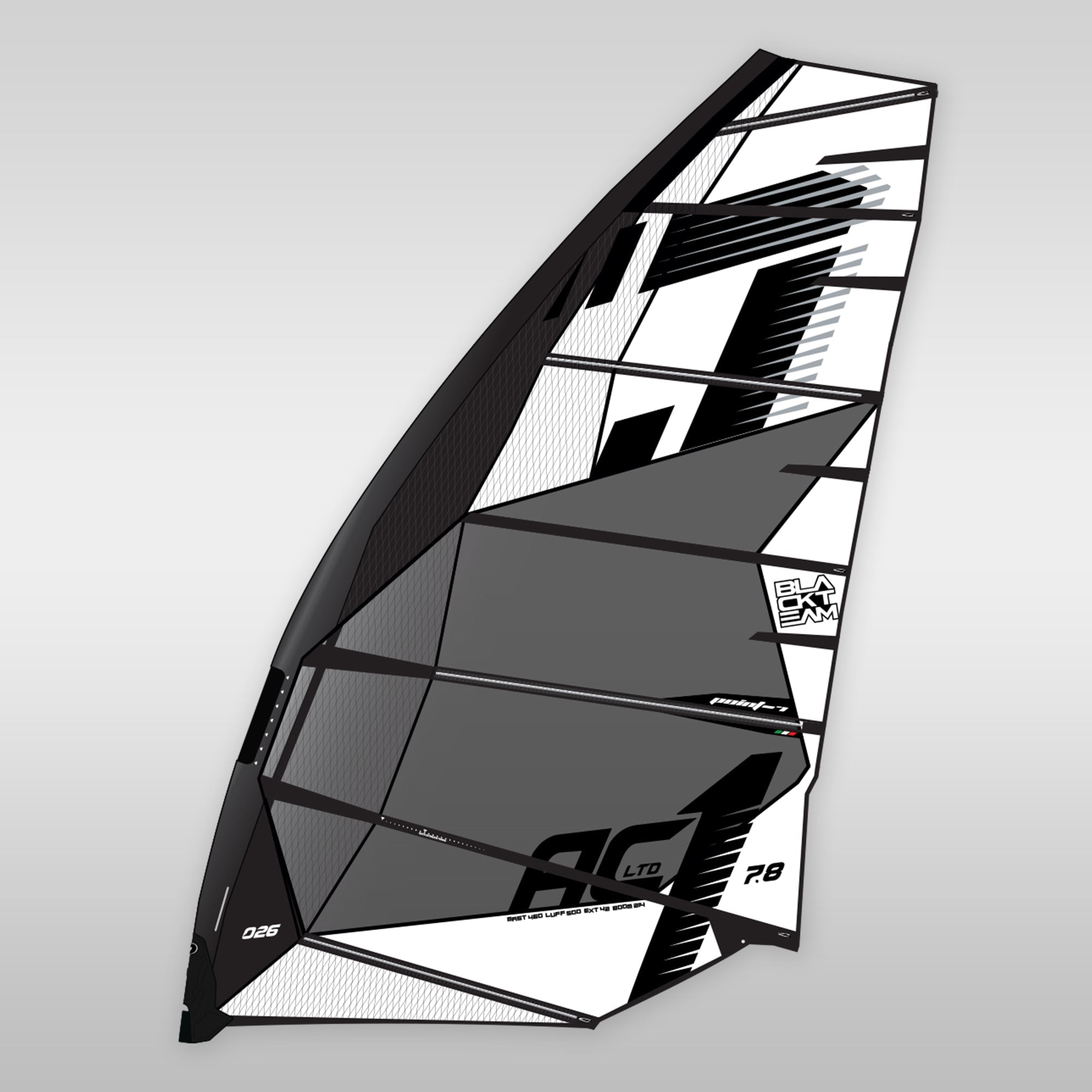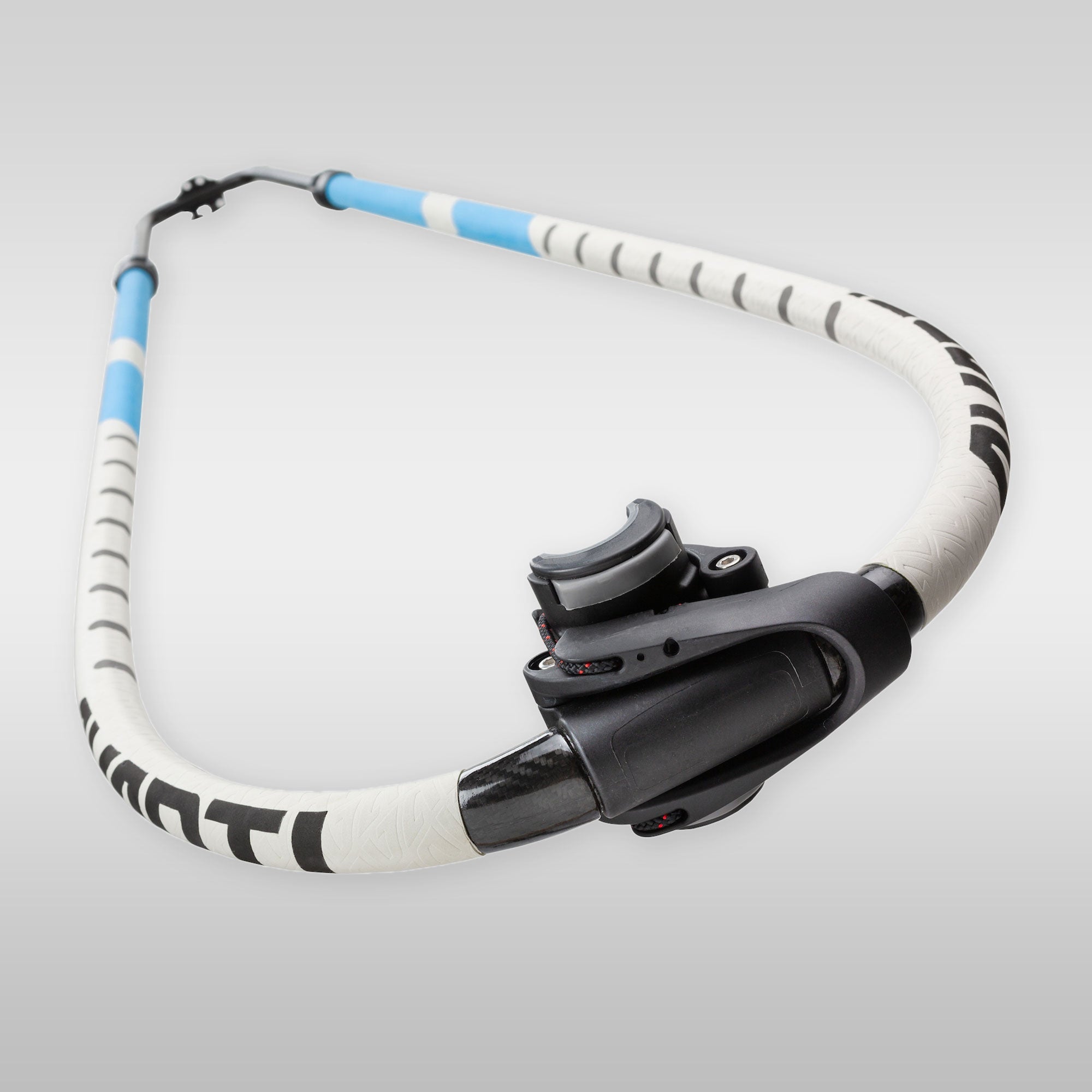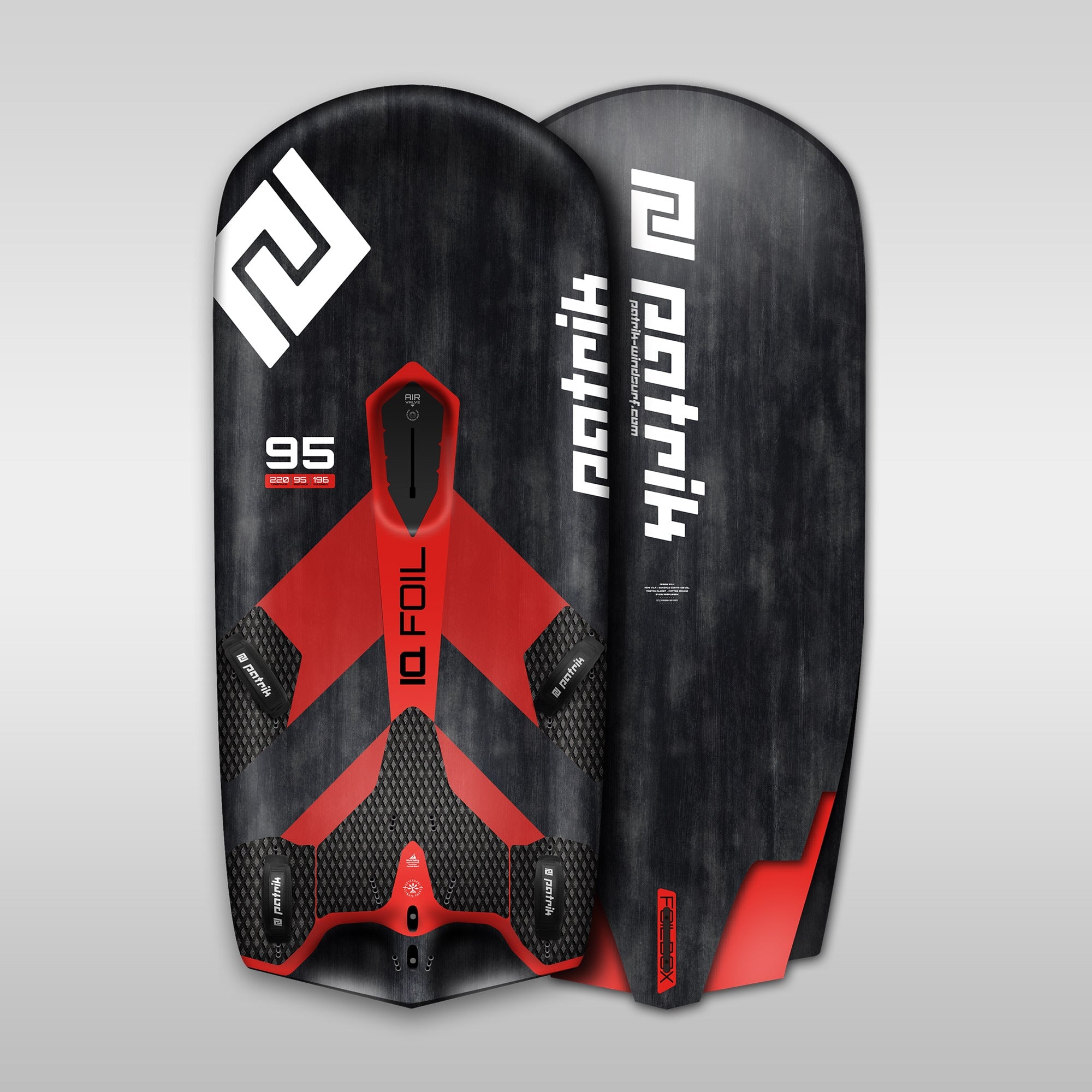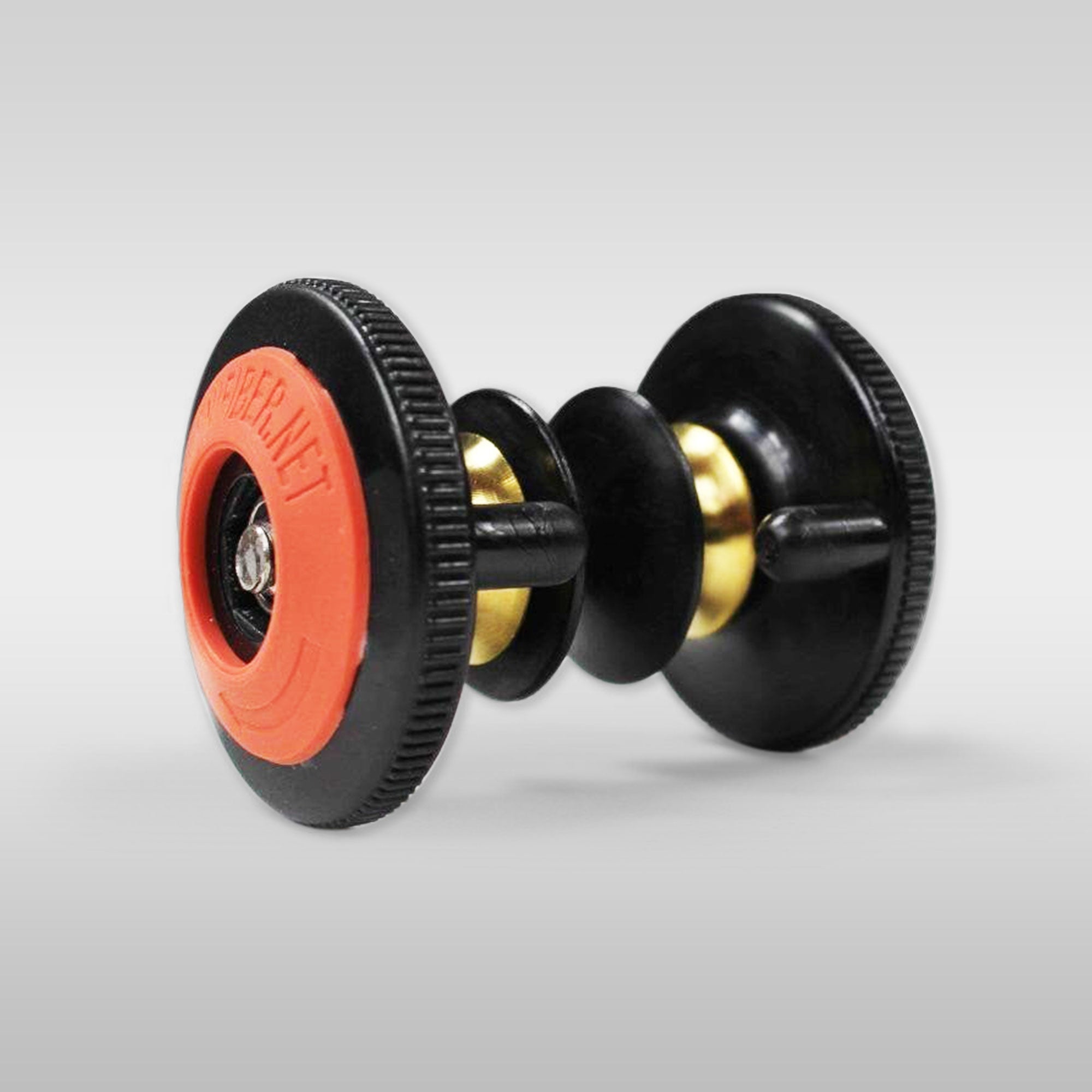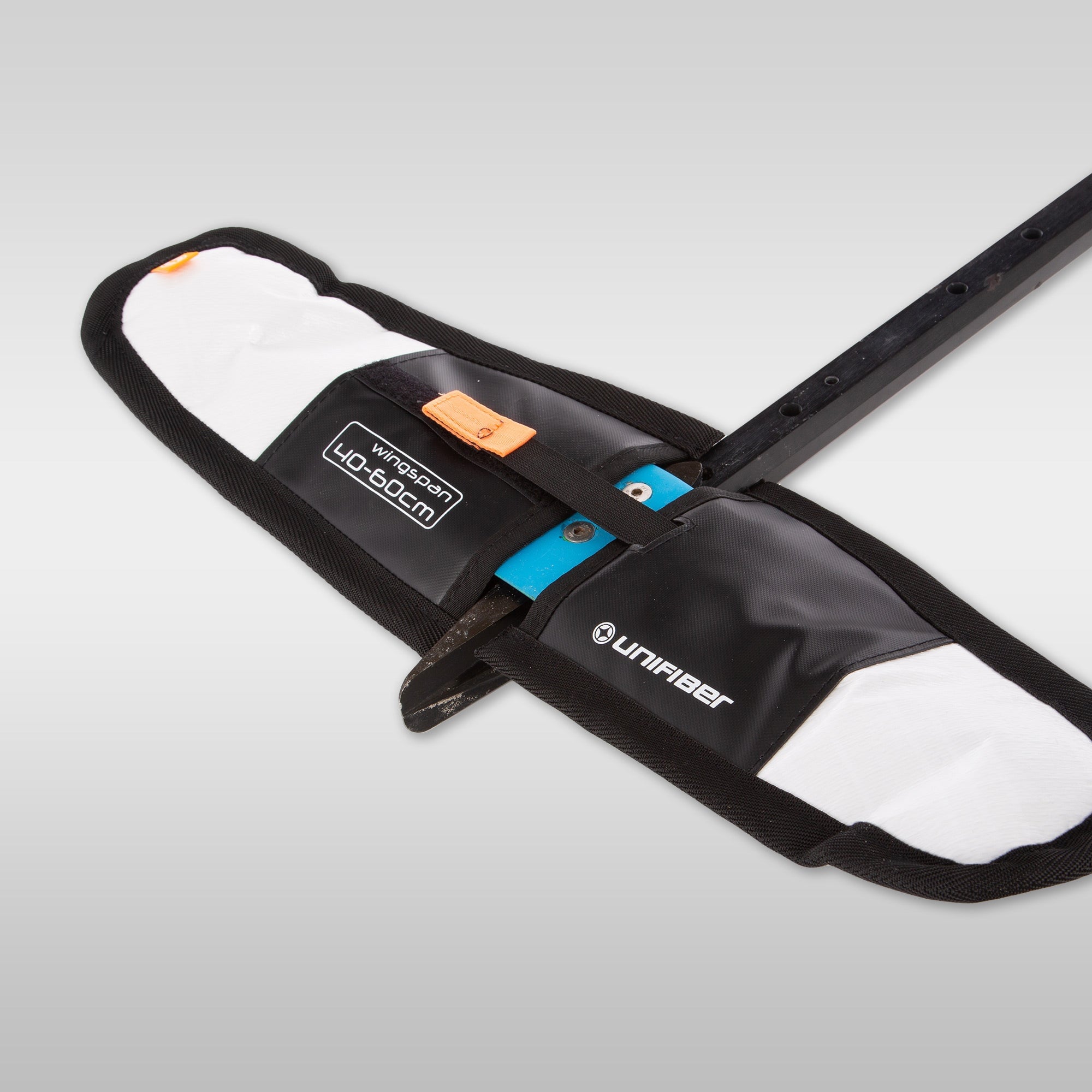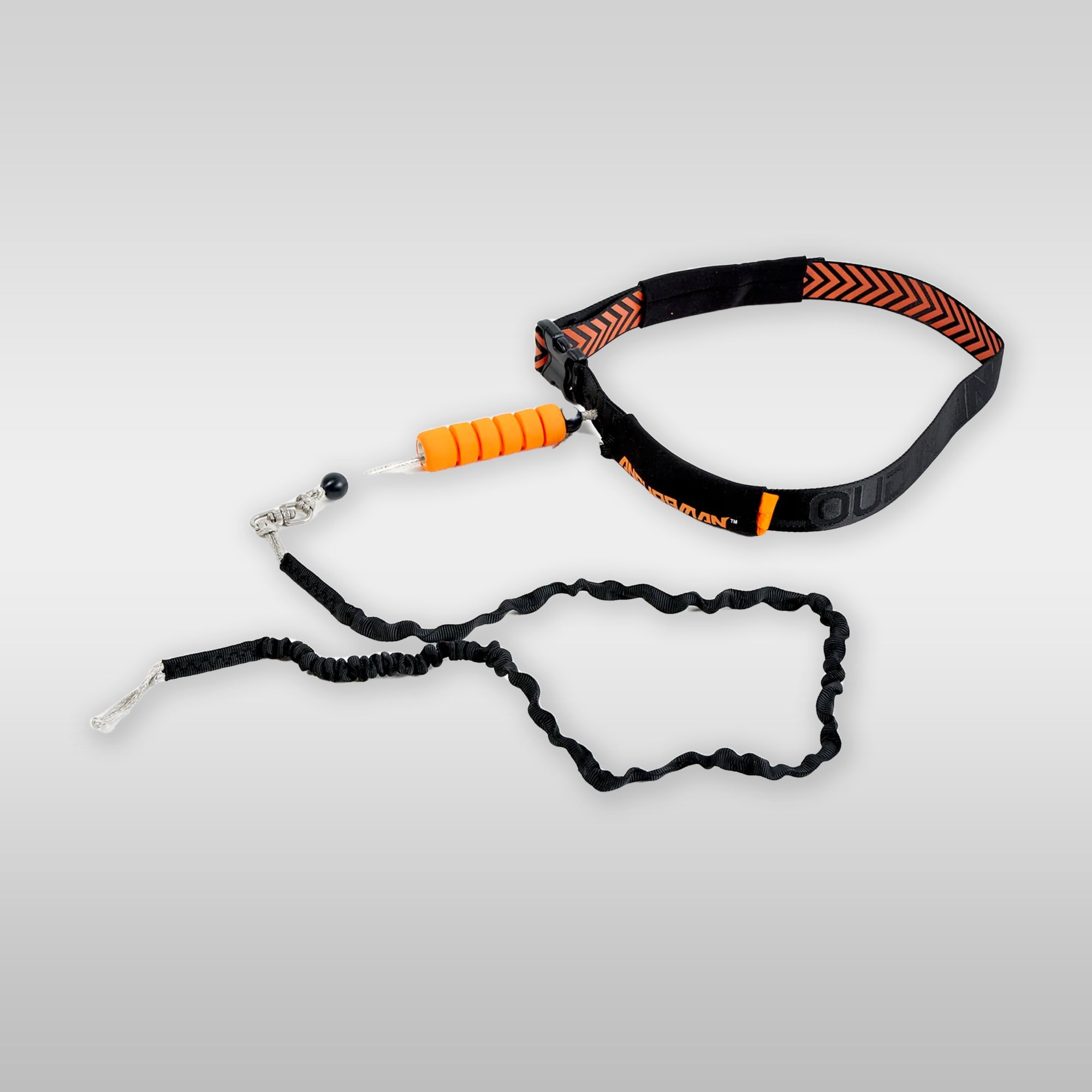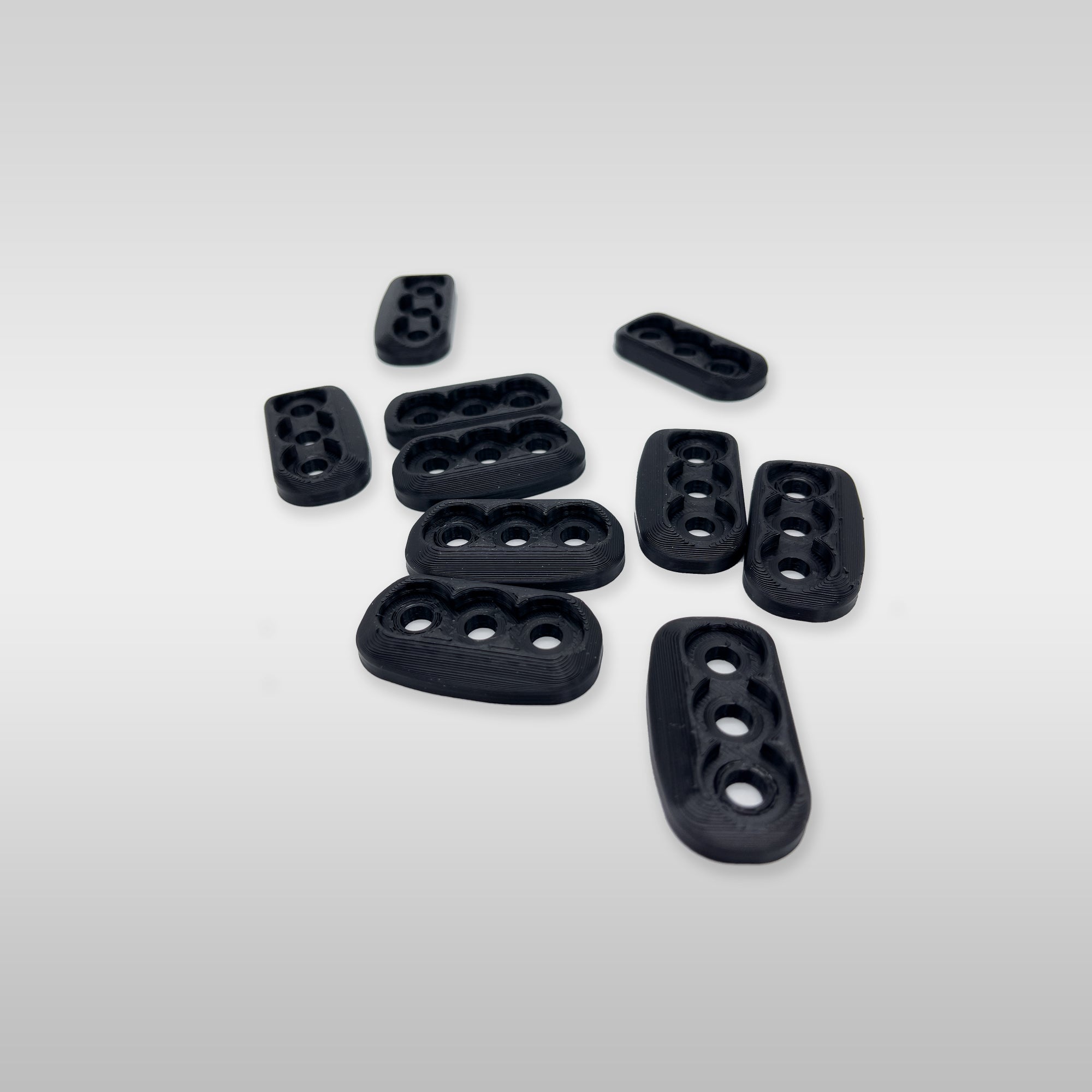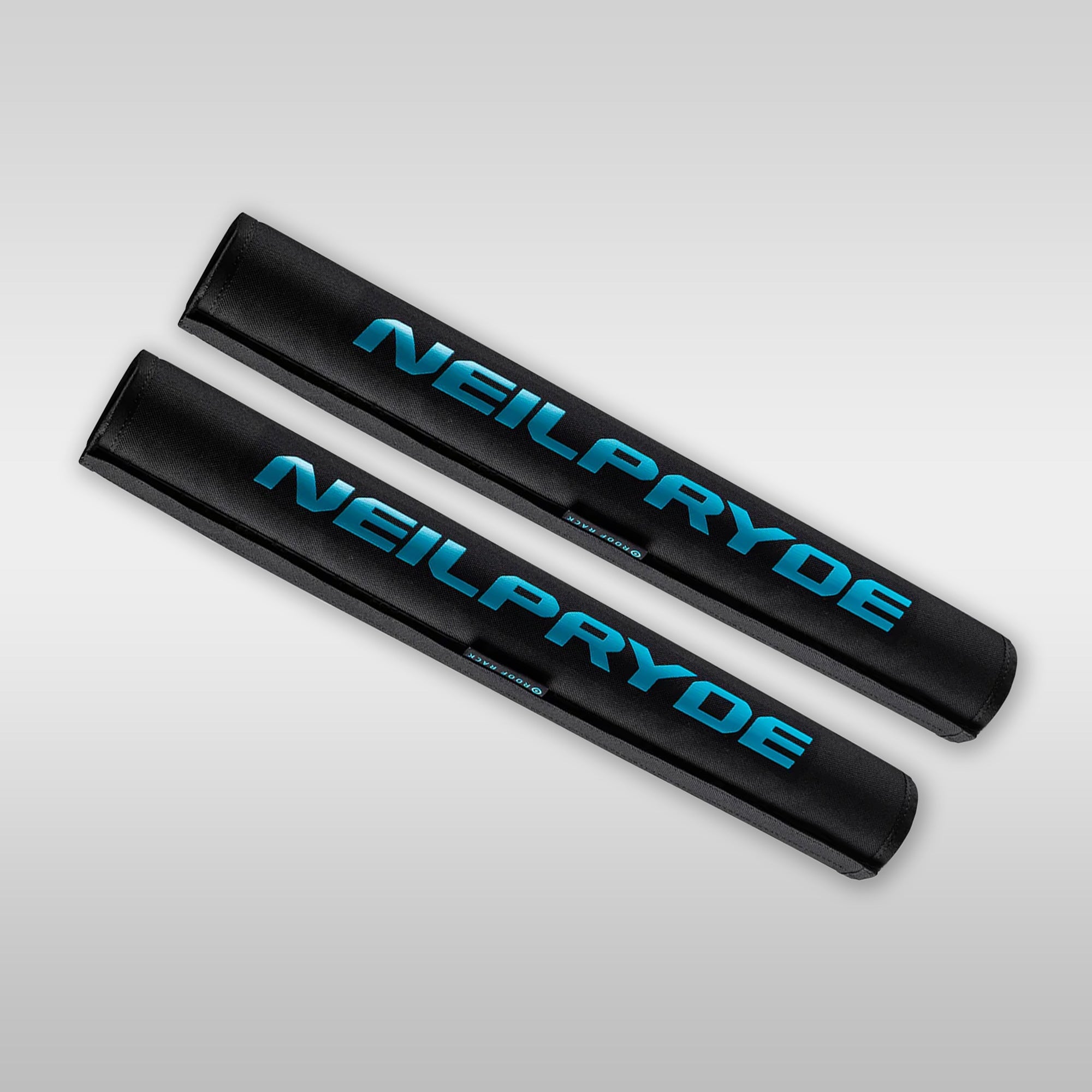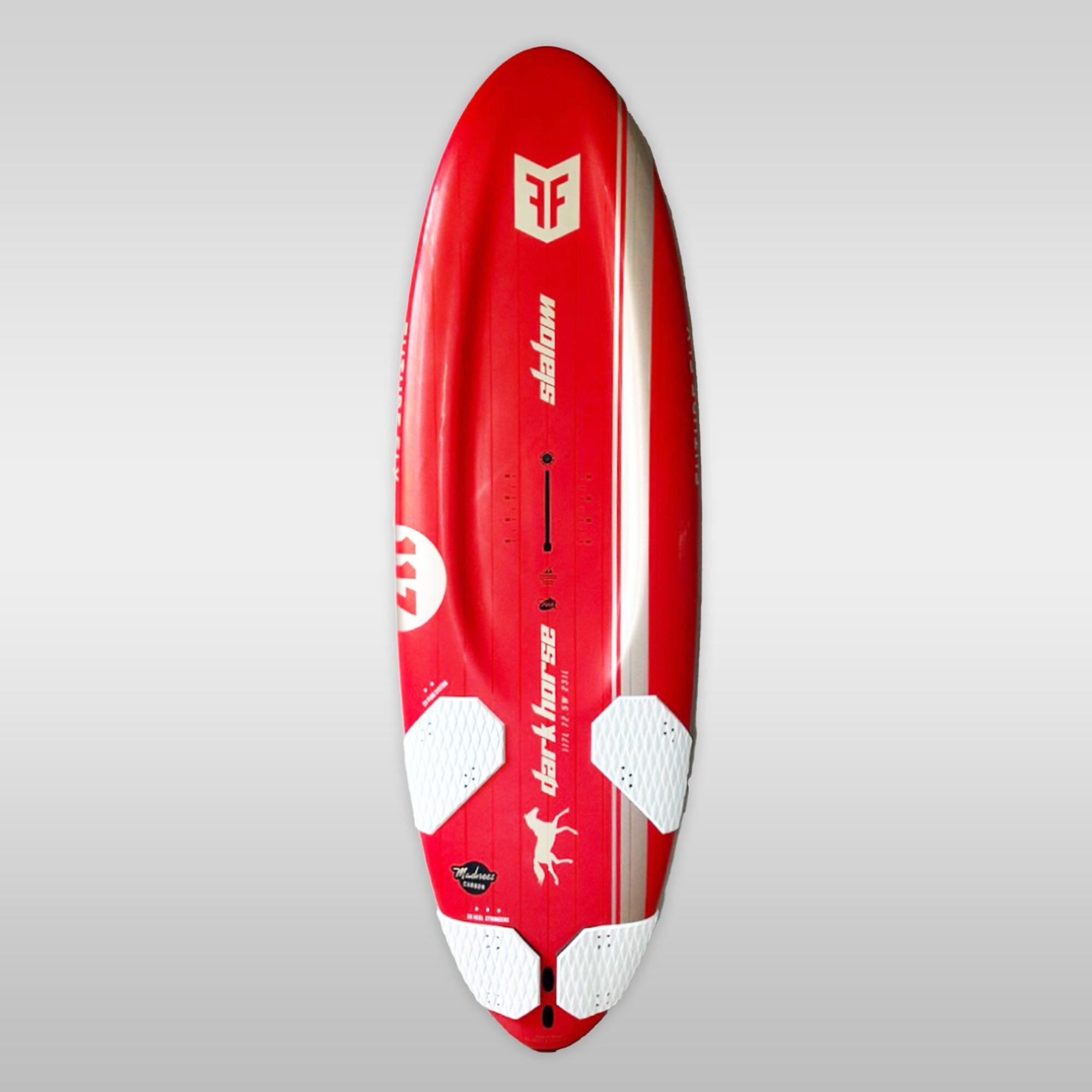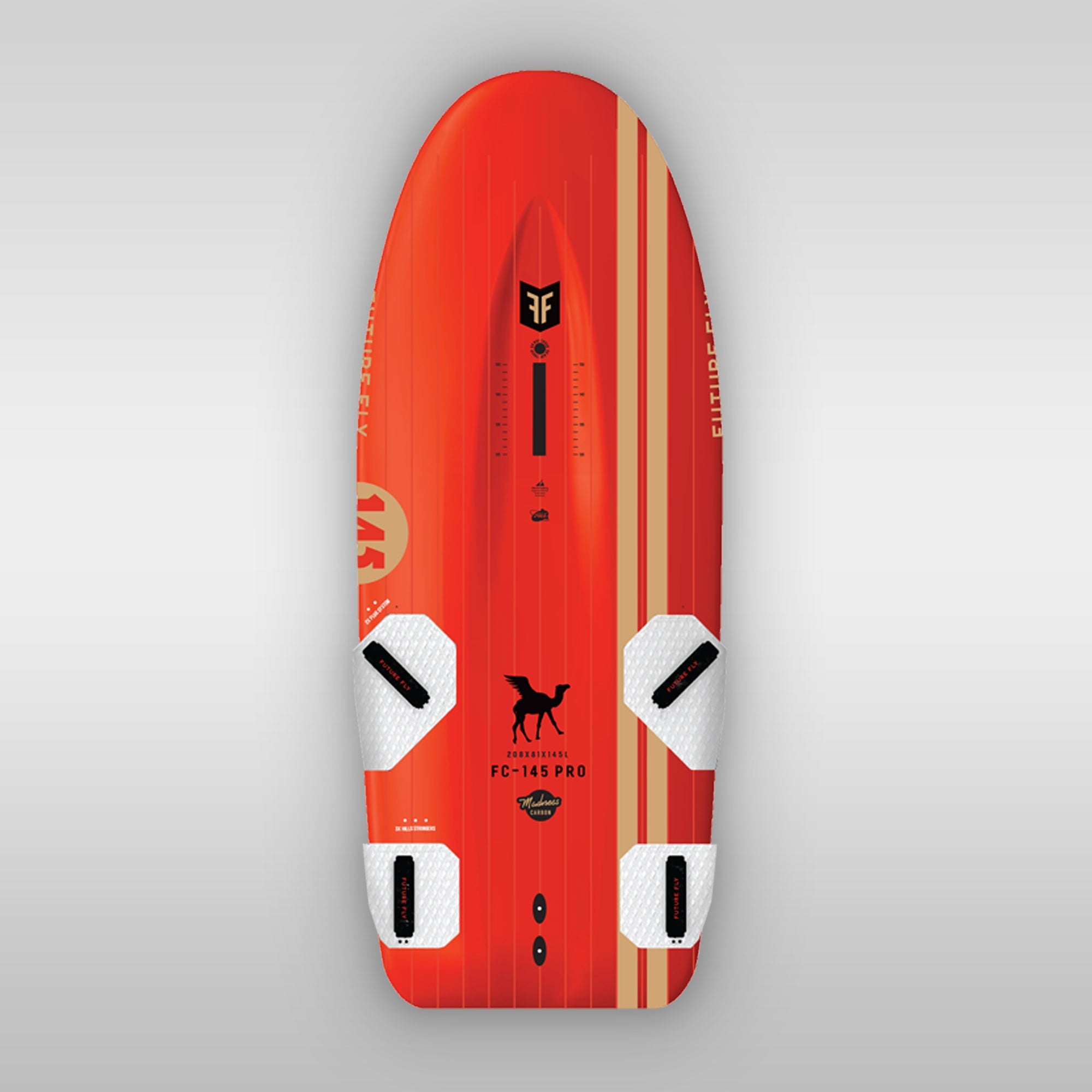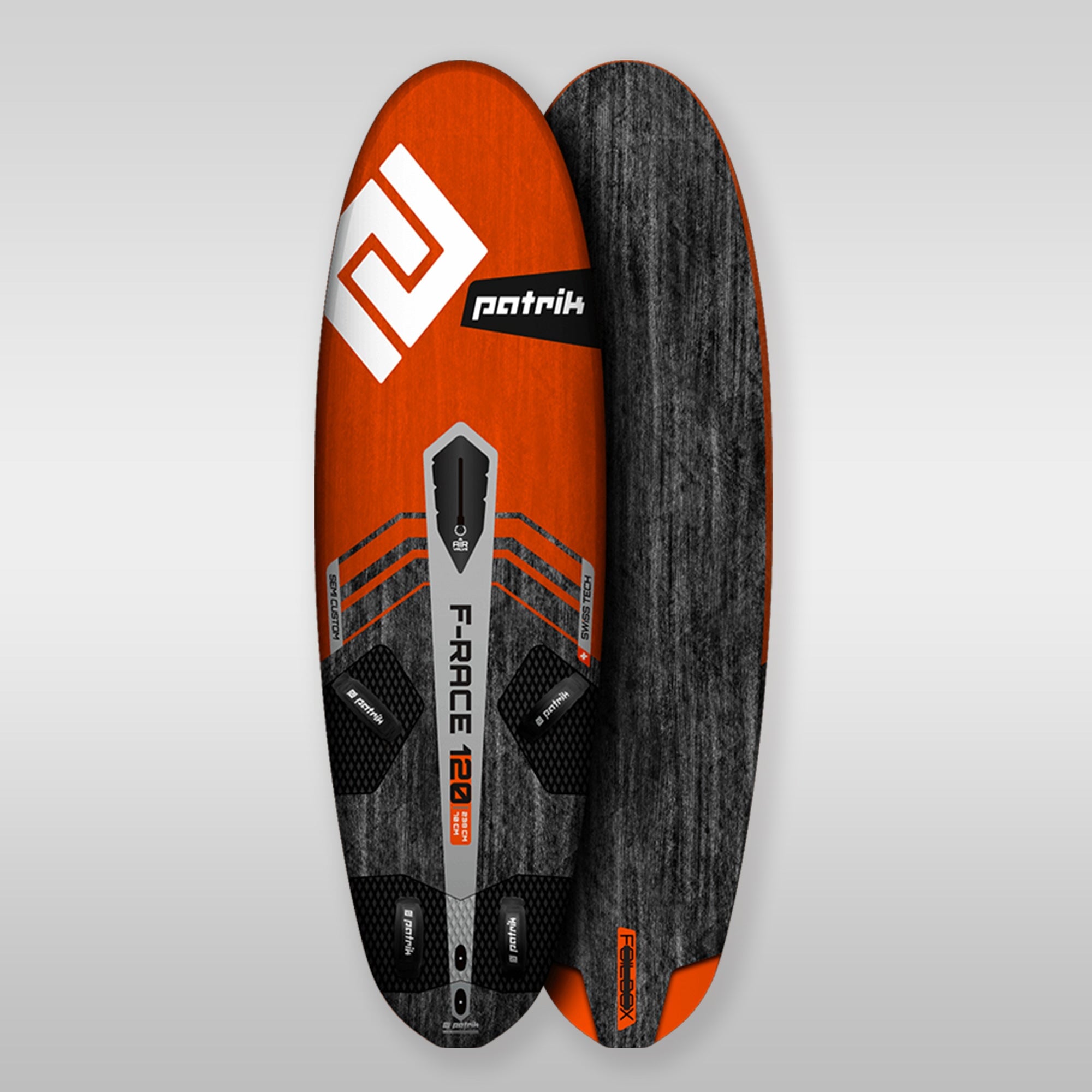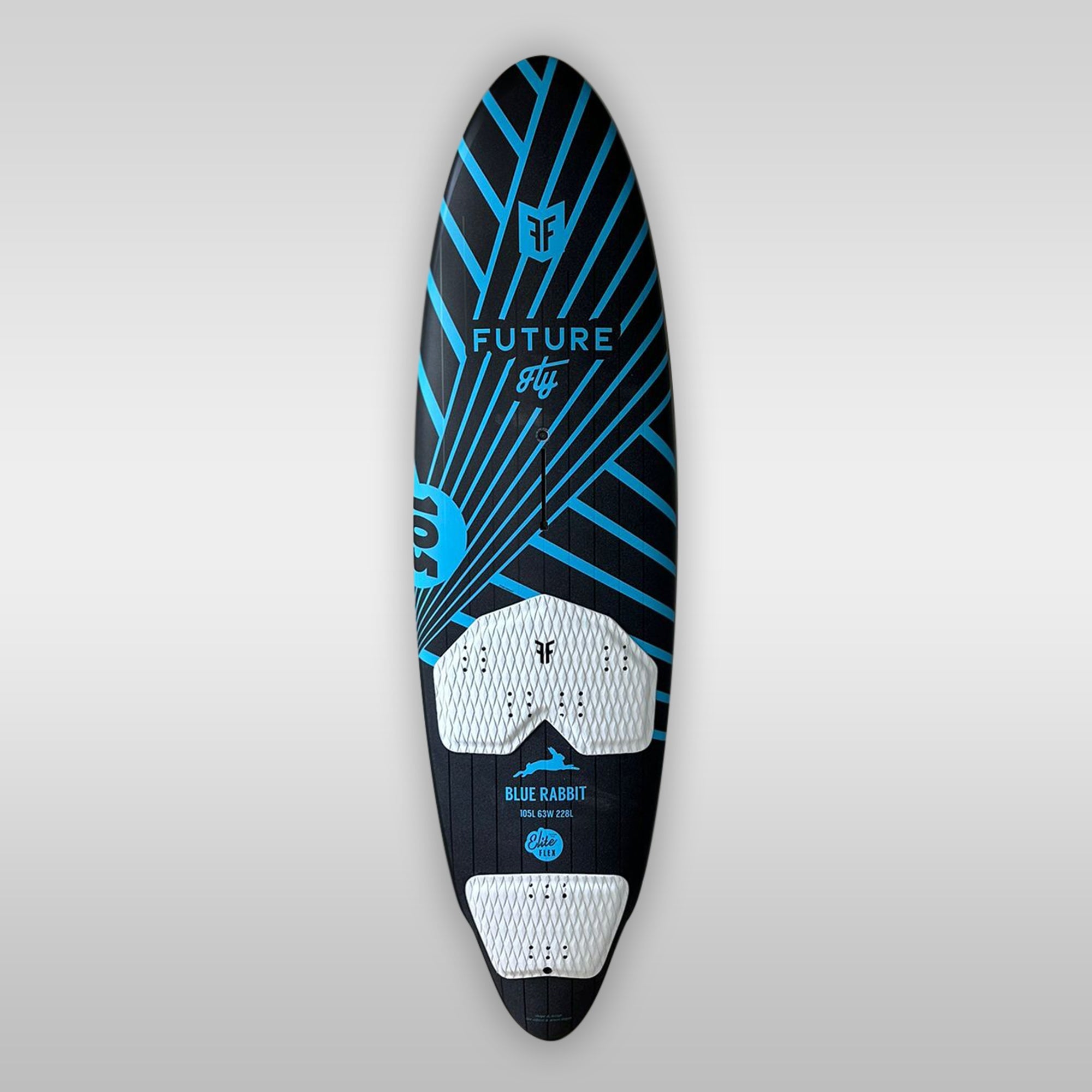Here you can find windsurf boards from the top brands Future Fly Boards, AV-Boards, Bruch and Patrik Diethelm. If you would like free expert advice, please send us an email to willkommen@windlounge.de!
- 1
- 2
EVERYTHING YOU NEED TO KNOW ABOUT THE:
Windsurf board
Find the ideal board for every requirement.
Whether it's an adrenaline kick at full glide or relaxed surfing: Choosing the right windsurfing board plays a crucial role. In our board guide, we want to help you make the right decision:
Which shape and volume are suitable for me?
Is the Carbon the right choice?
And what makes the difference between a freeride and a freerace board?
To give you a brief initial overview: A shape describes the shape of the board. For example, whether it is a wave or slalom board.
The volume indicates how much buoyancy the board has, measured in liters. More on this later...
The windsurf board constructions:
Over the years, various constructions for windsurfing boards have been developed. The decisive factor is always the proportion of wood, epoxy and Carbon.
The main difference lies in the weight. For larger boards, this can make a difference of up to 2 kilograms between the various designs.
A particularly high proportion of Carbon ensures that the board is significantly lighter, but also correspondingly expensive. It is always important to weigh up whether the lower weight is worth the additional price.
For beginners and advanced riders in particular, the difference may not be so decisive. On the water, the difference only becomes apparent with advanced riding skills. Due to their low weight, the lighter windsurf boards glide faster and are generally more agile underfoot, as they are also stiffer.
The different board shapes:
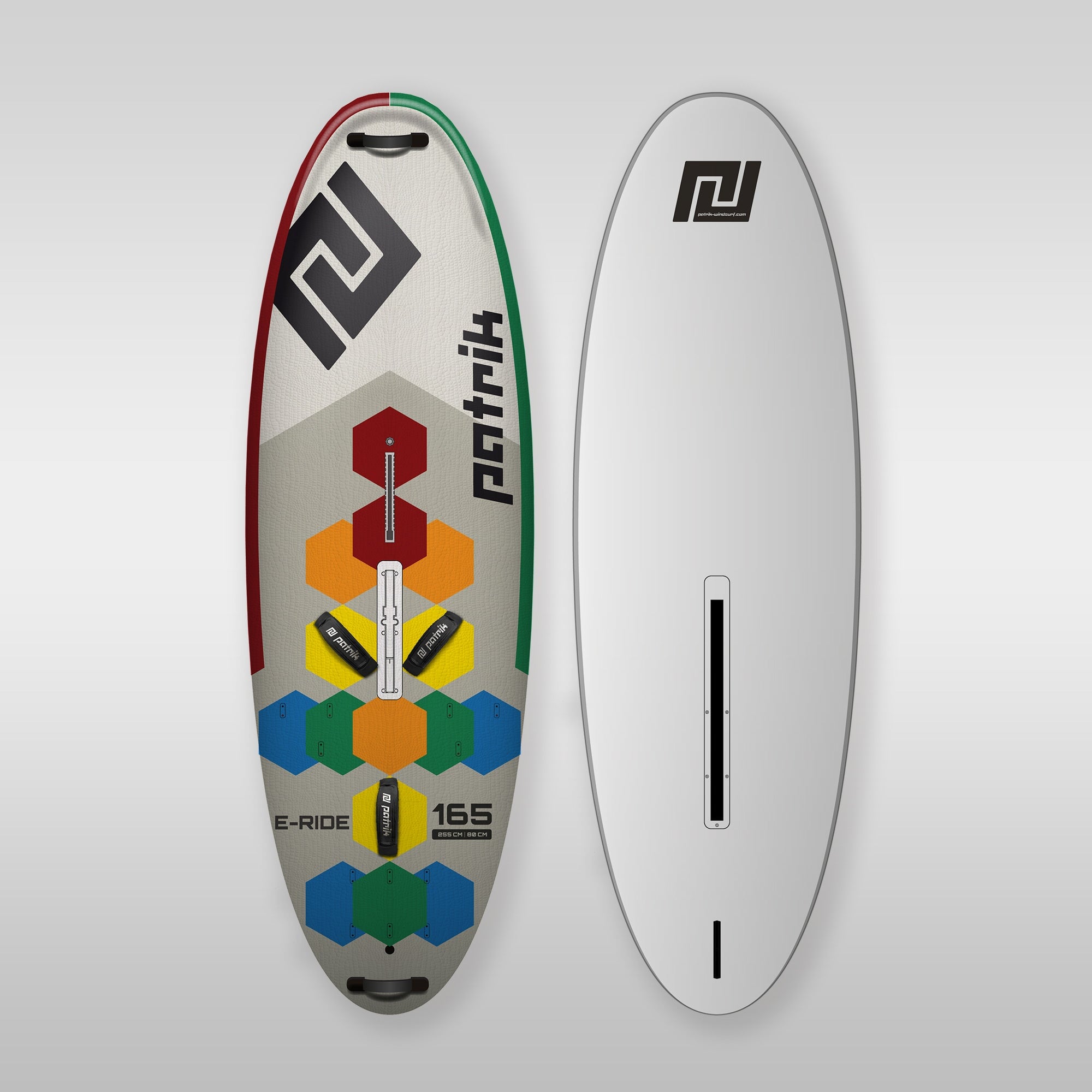
Beginner boards
The perfect choice for your first season.
As a beginner, we recommend opting for a beginner board.
These are characterized by their wide, long design, which offers a high degree of stability against tipping. Instead of emphasizing your own mistakes, a good beginner board can significantly increase your learning speed in the first few days. There are beginner boards with a center fin or daggerboard. This stabilization in the middle of the board prevents drifting and provides additional stability.
The rule of thumb for volume is: your body weight (kg) + 50-100 liters = recommended board volume. After their first experiences, many people long for an agile freeride board. Smaller beginner boards with a retractable centerboard often have similar characteristics to larger freeride boards.
If you quickly accumulate many hours on the water, you should opt for a slightly smaller beginner board that is also suitable for freeriding later on. But remember: the smaller the windsurf board, the less stable it will be.
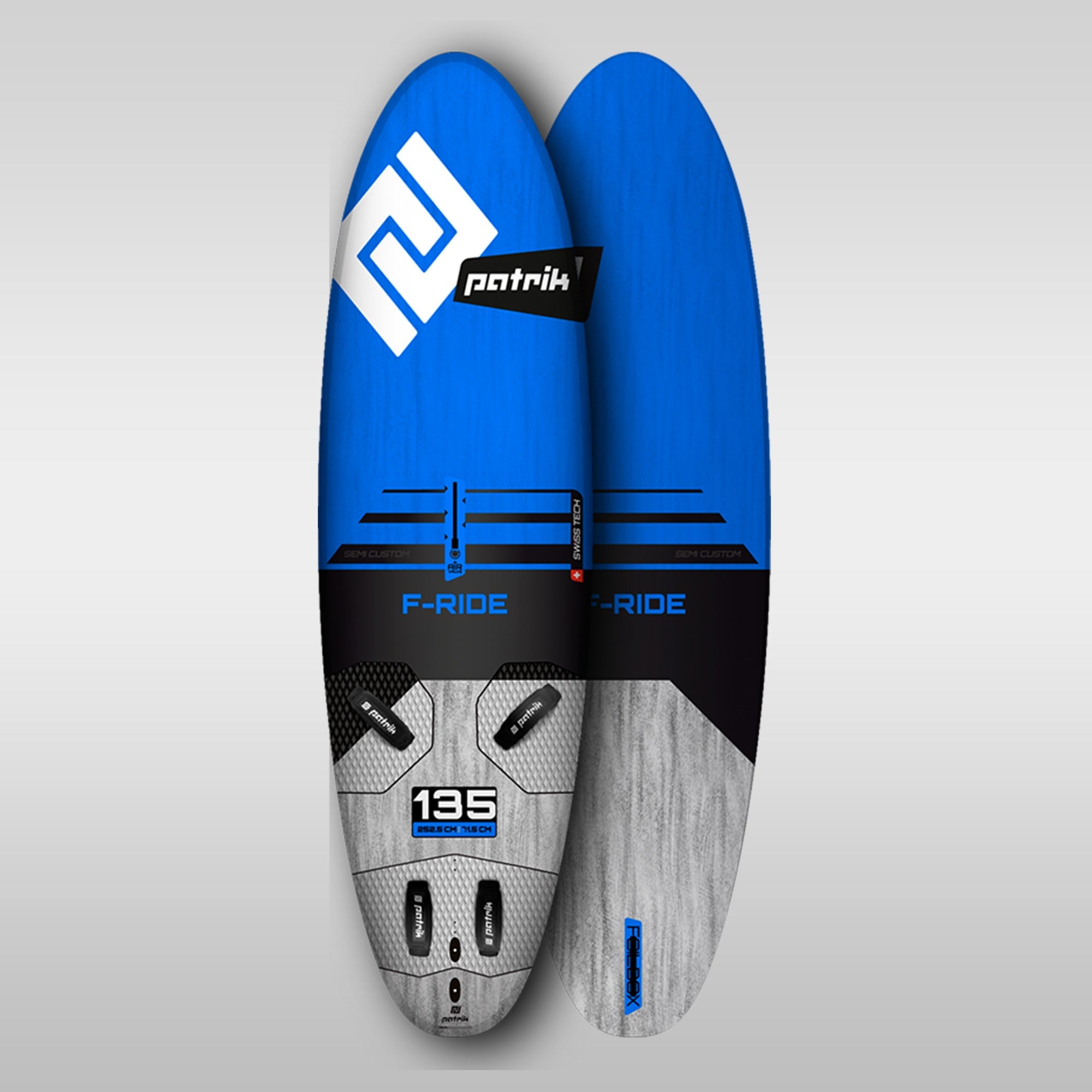
Freeride boards
The preferred category for hours of riding fun.
The first jibes are mastered! Followed by speed duels, early planing and the water start.
You can experience all of this with a freeride board - the ideal second board for every surf enthusiast. But advanced and professional surfers also rely on freeride boards, especially when it comes to calm inland waters without big waves.
These boards are forgiving in the event of mistakes and offer good upwind performance.
Depending on your level of experience, we recommend a board that has about 60-90 liters more volume than your body weight for intermediates. For advanced riders, a buoyancy of around 20-50 liters more is usually sufficient.
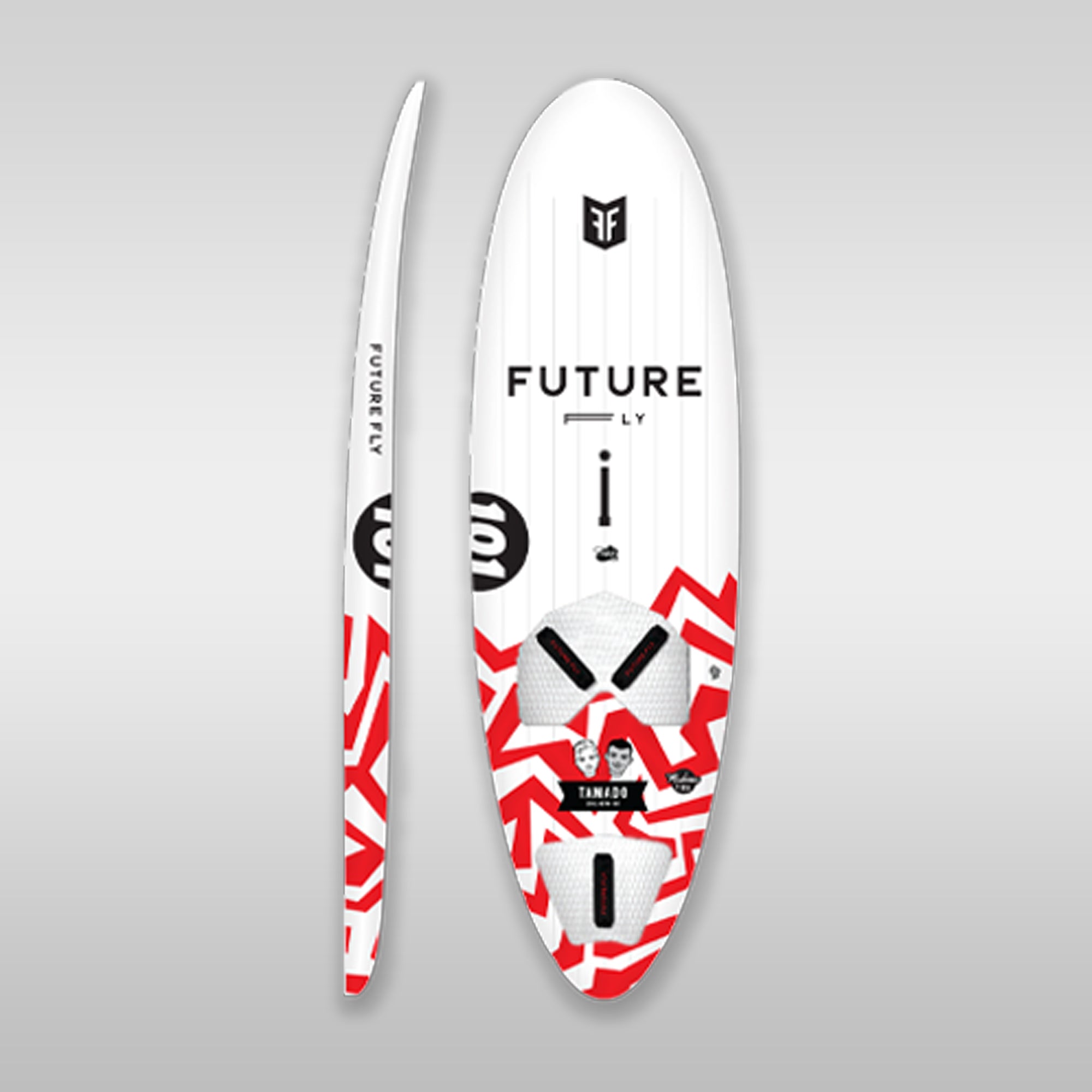
Freestyle boards
The ideal windsurfing board for perfect turns.
The shape of these boards is designed to enable fast turns and jumps on flat water. The light, rounded edges of the board support the initiation of maneuvers.
Freestyle boards react extremely directly and agilely, whereby even slight movements can change the direction of travel. As a rule, these boards are equipped with thick, soft foot straps and a central strap position.
A striking feature of freestyle boards is the particularly thick tail, which provides a high lift and allows the boards to plane quickly. The optimum number of liters depends on the weight of the rider, with most boards having a volume of between 85 and 110 liters. Ideal for those who are often out in flat water and want to do more than just simple "power jibe" style direction changes.
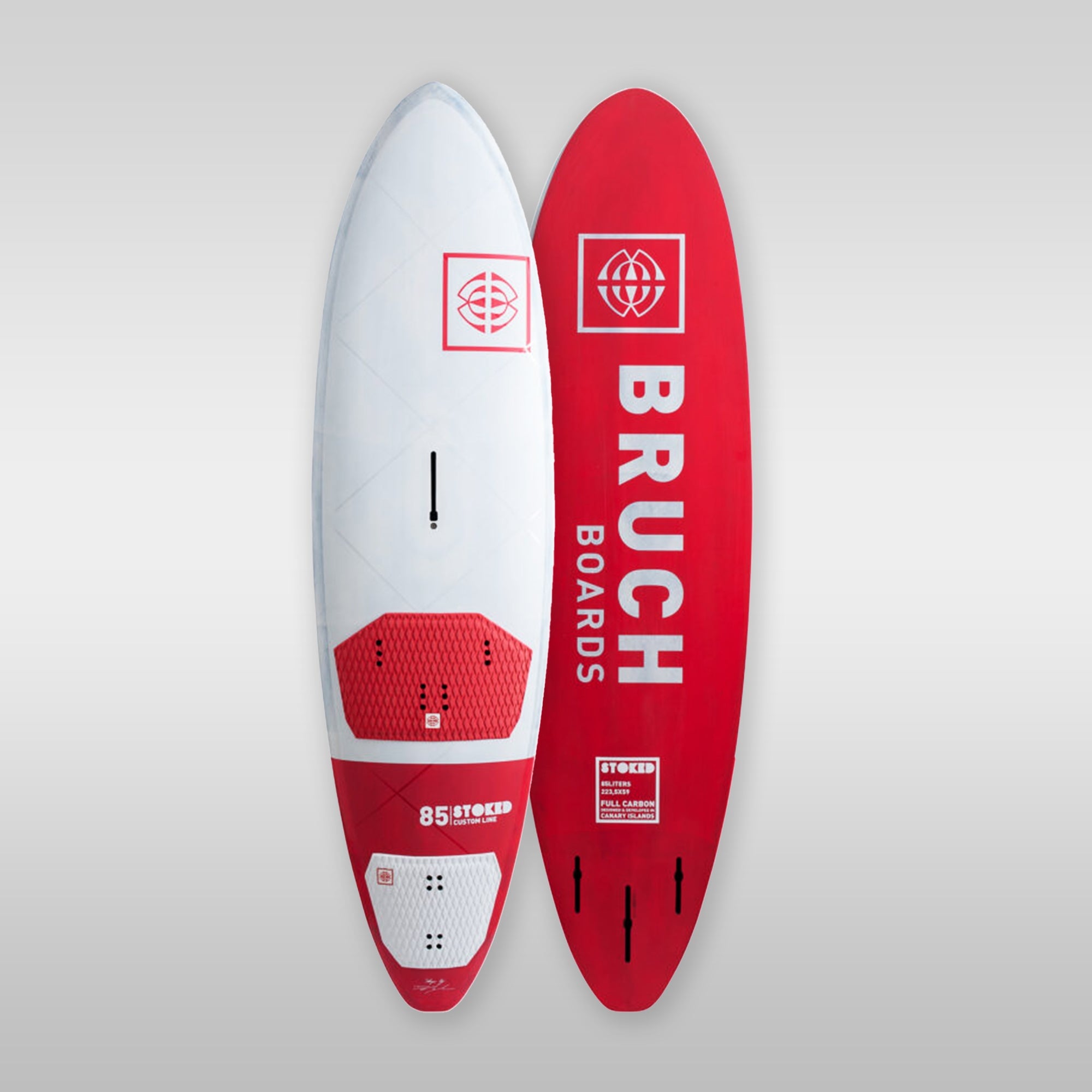
Waveboards
For a session in the waves - the waveboard
Radical jumps and maneuvering in the wave: these are the characteristics of a waveboard.
The shape of the boards enables tight turns in the wave. There are boards with Single, twin, thruster and Fins fin set-ups, i.e. with one, two, three or even four Fins. The different fin options have different advantages and disadvantages.
Depending on the conditions and weight, boards with a volume of between 75 and 100 liters are recommended. Larger boards are more suitable for smaller waves or flat water areas in very strong winds. The smaller sizes are designed for big waves and radical riding.
Most manufacturers offer different types of wave boards, from radical, small models to all-rounders. It is important to try out which model feels best in your local conditions.
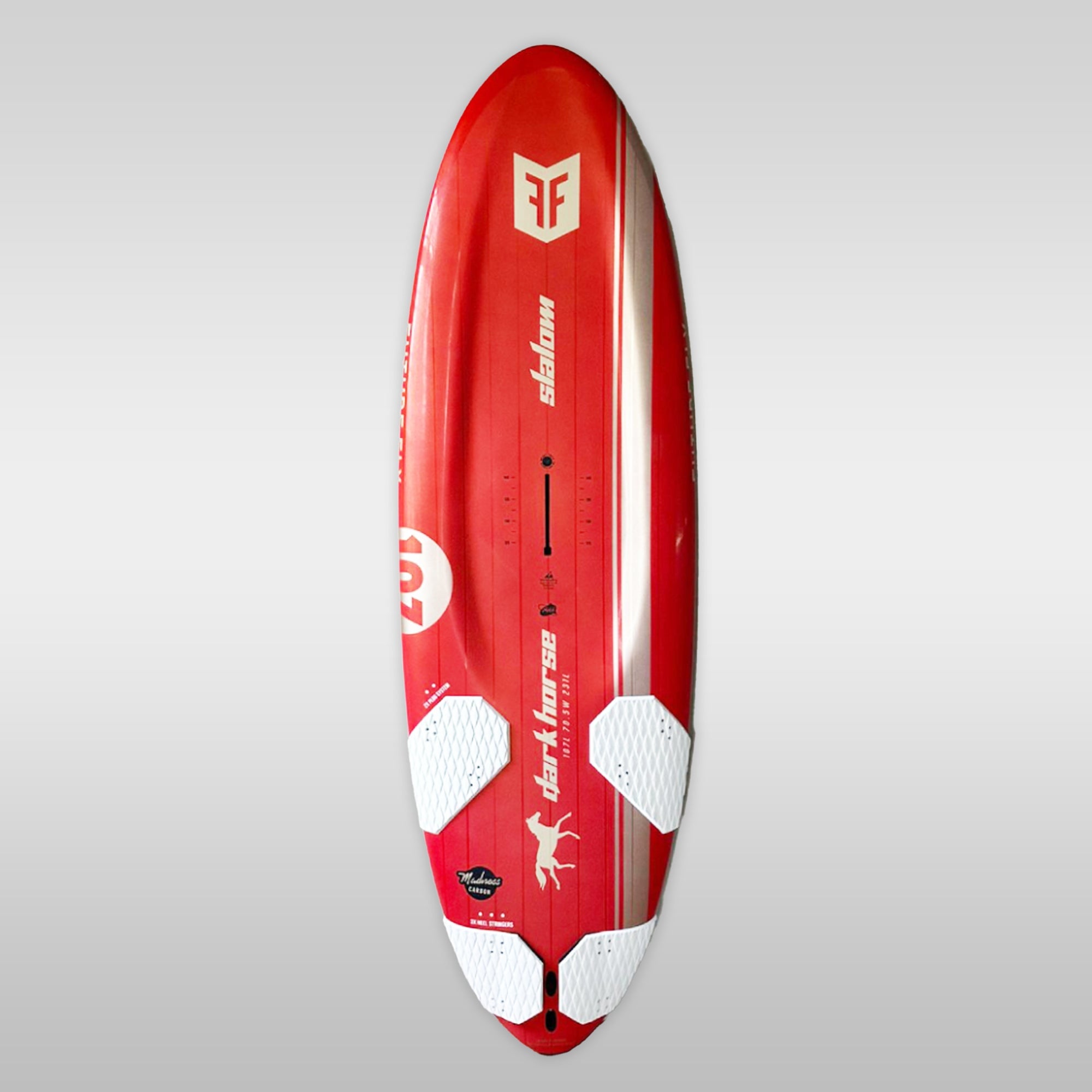
Slalom/raceboard
The fastest boards in the windsurfing scene.
Maximum speed is the main focus for all shapes in this board class. These boards are designed to reach the finish line at maximum speed, with maneuverability and comfort being secondary.
As a rule, race and slalom boards are characterized by a wide tail and a flat shape on the underside. They are ridden with a longer Carbon fin.
